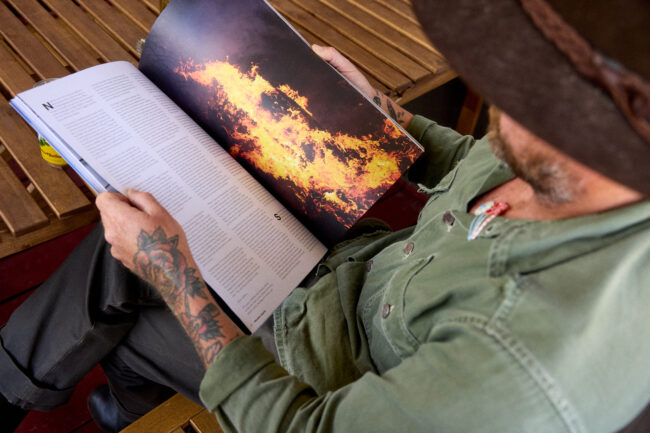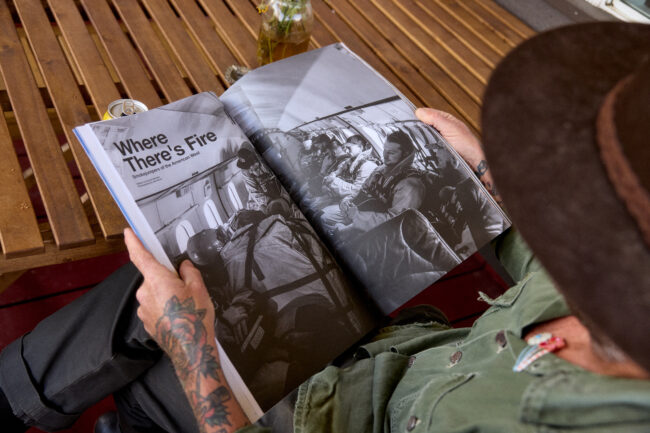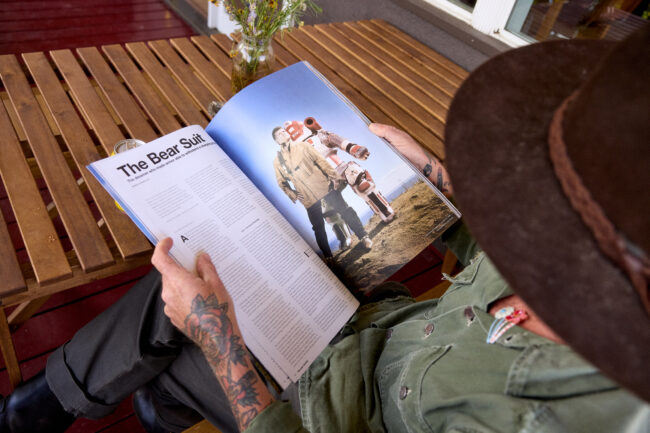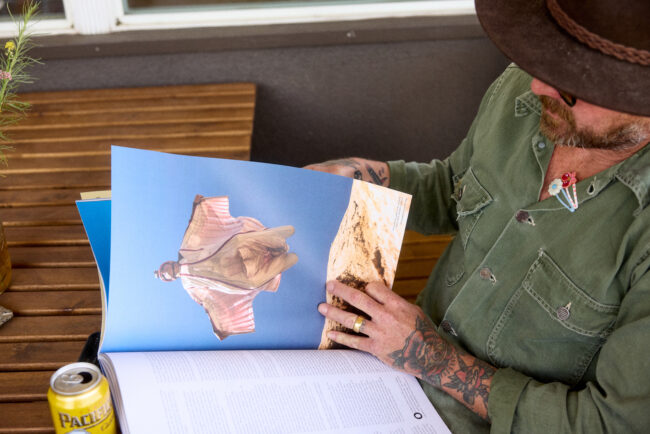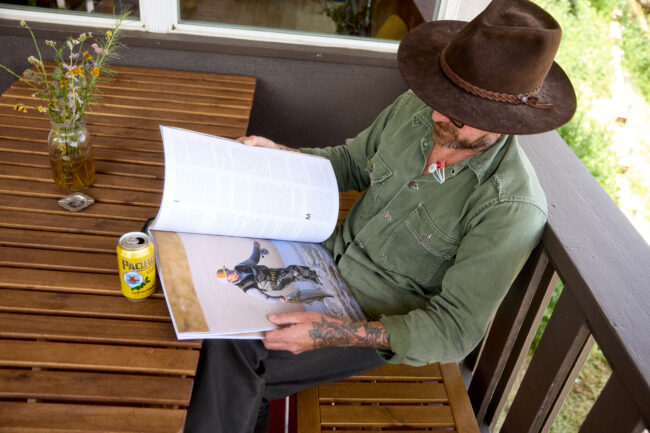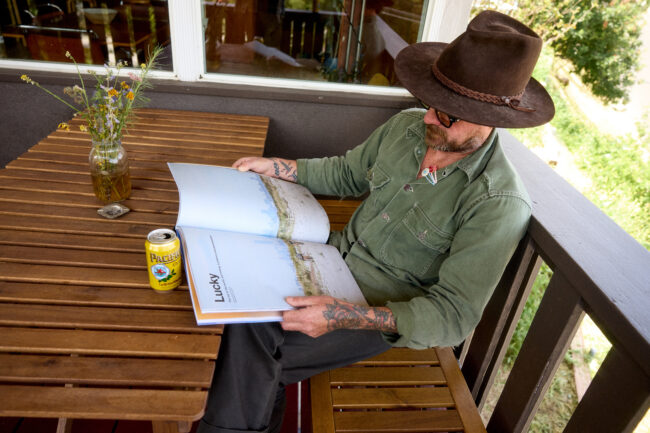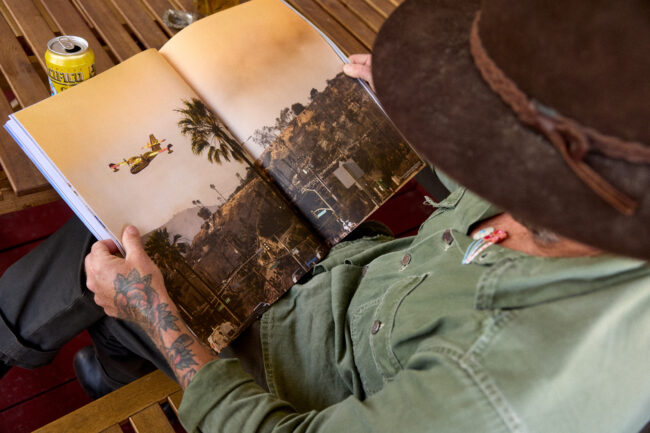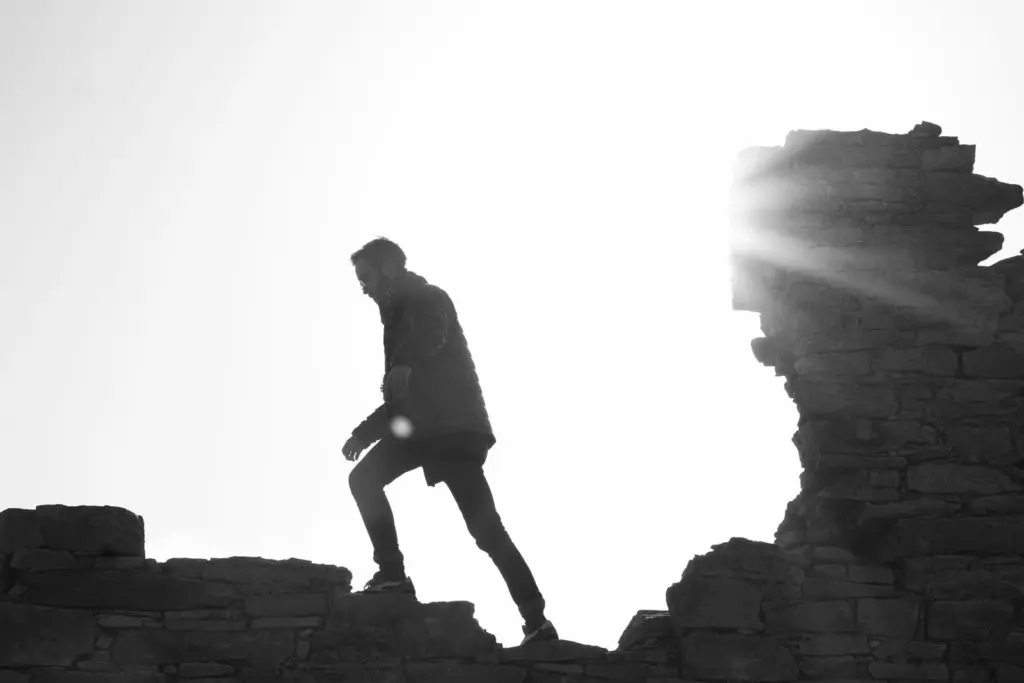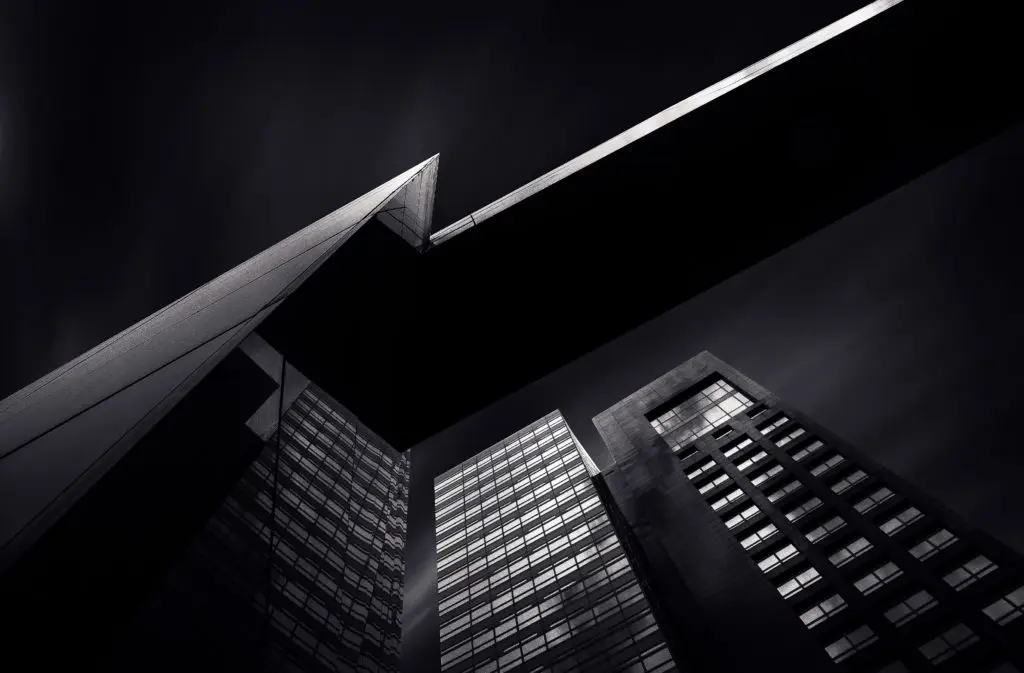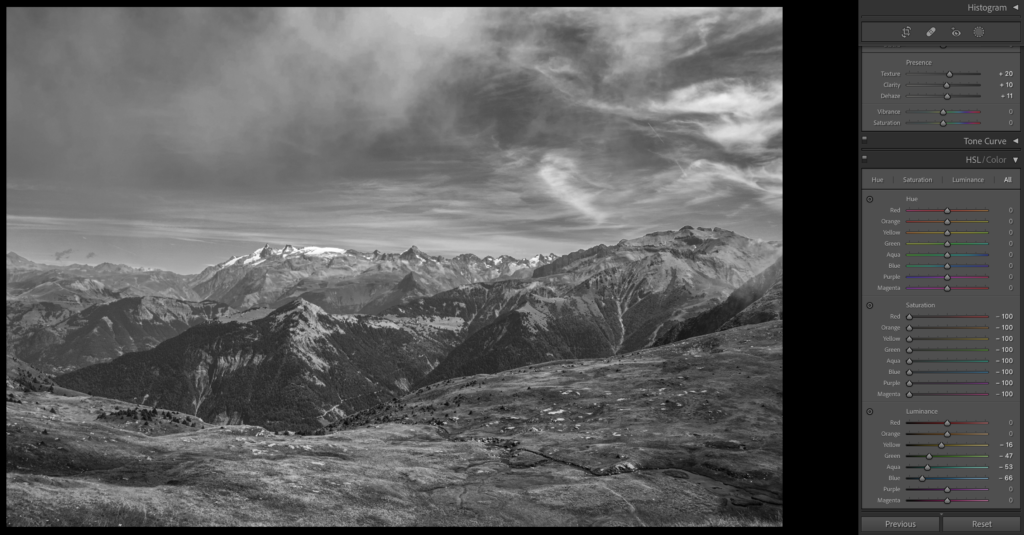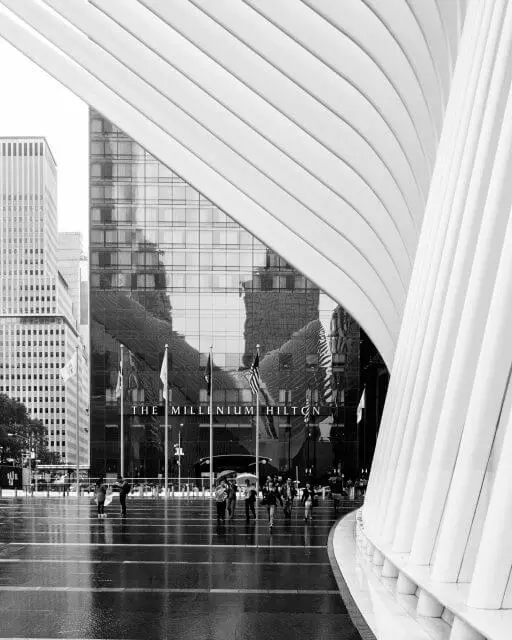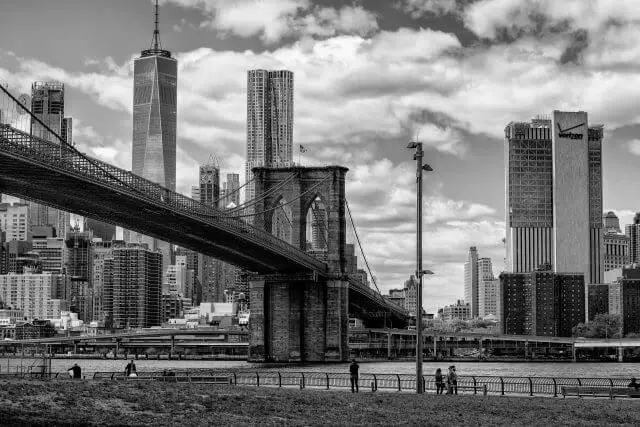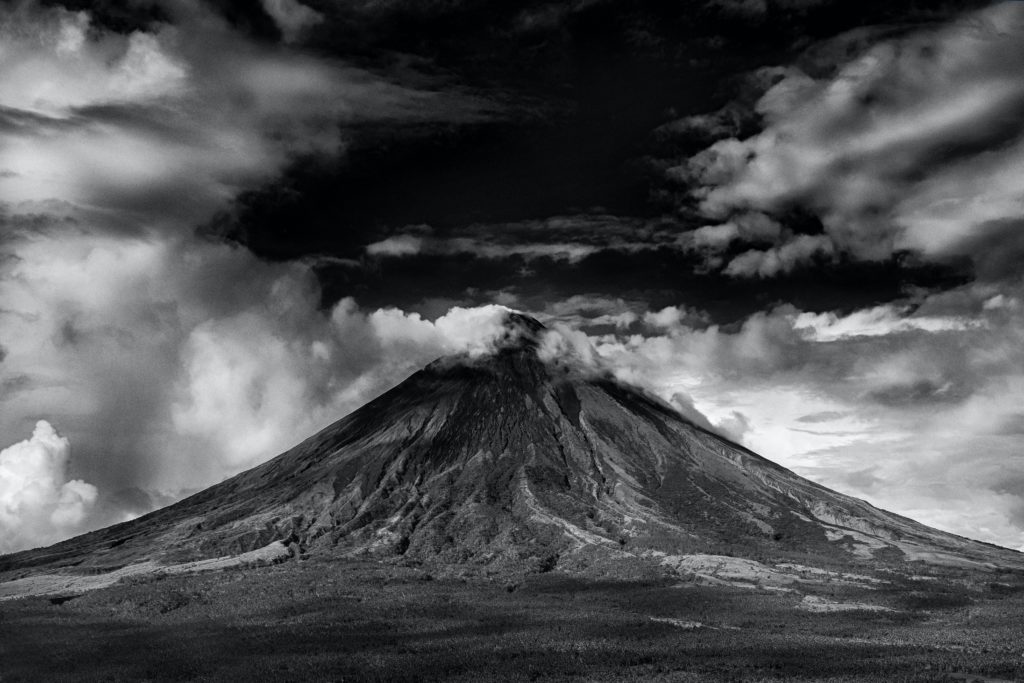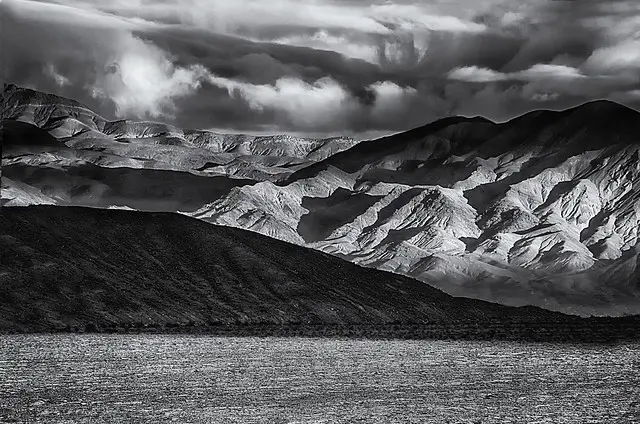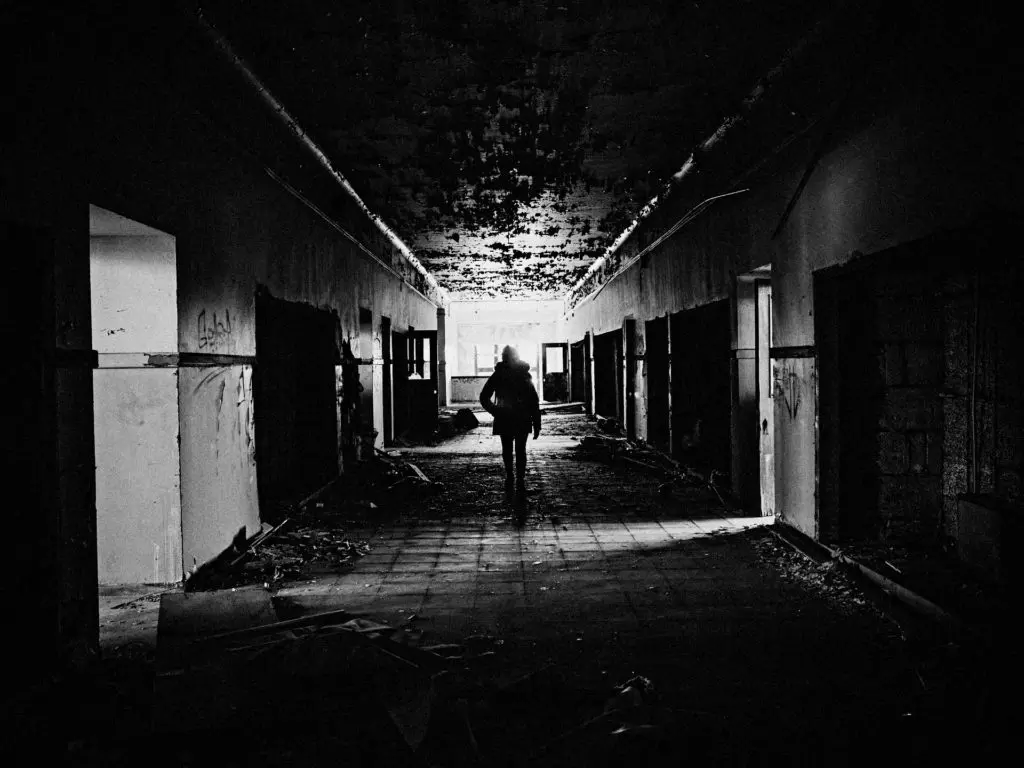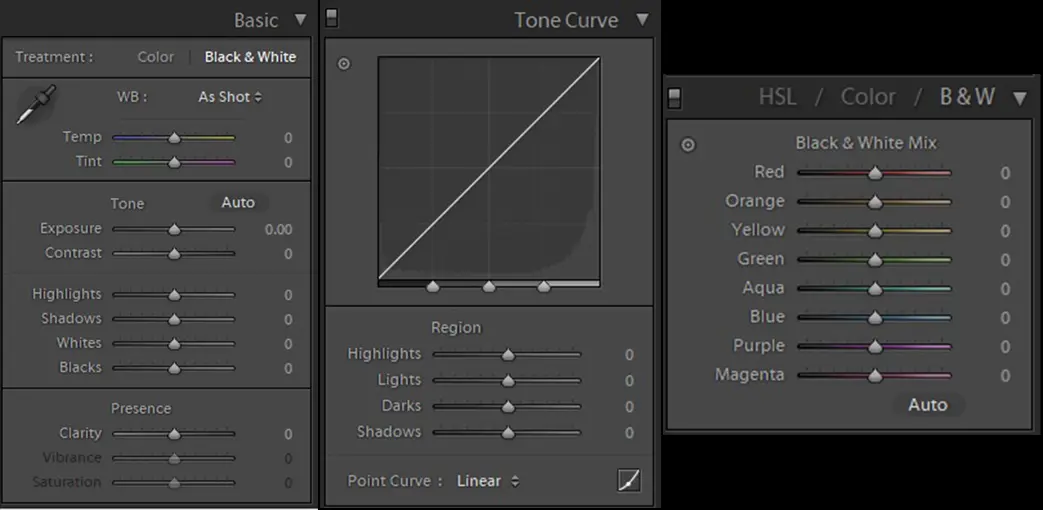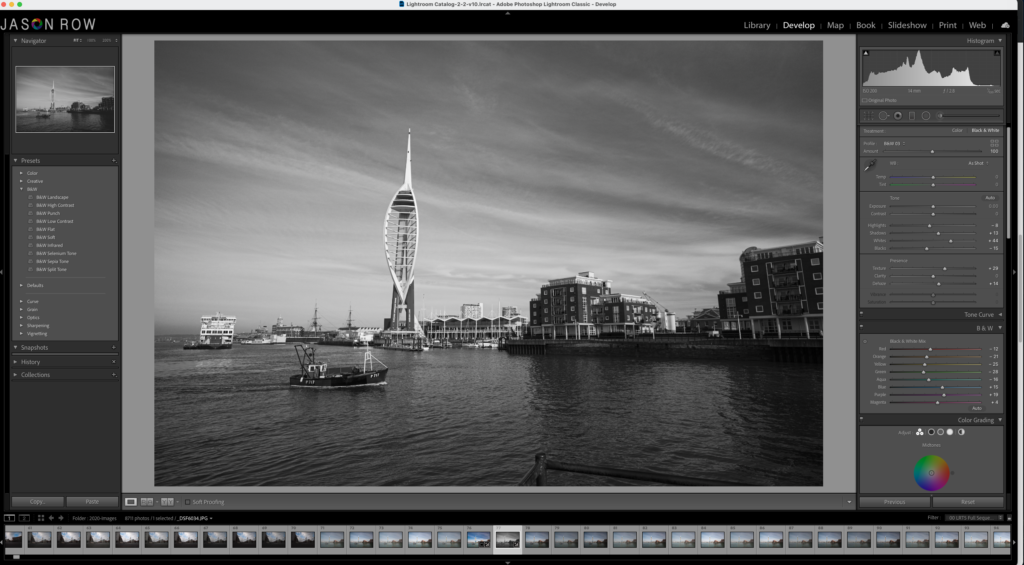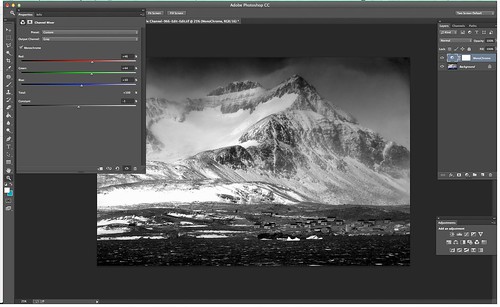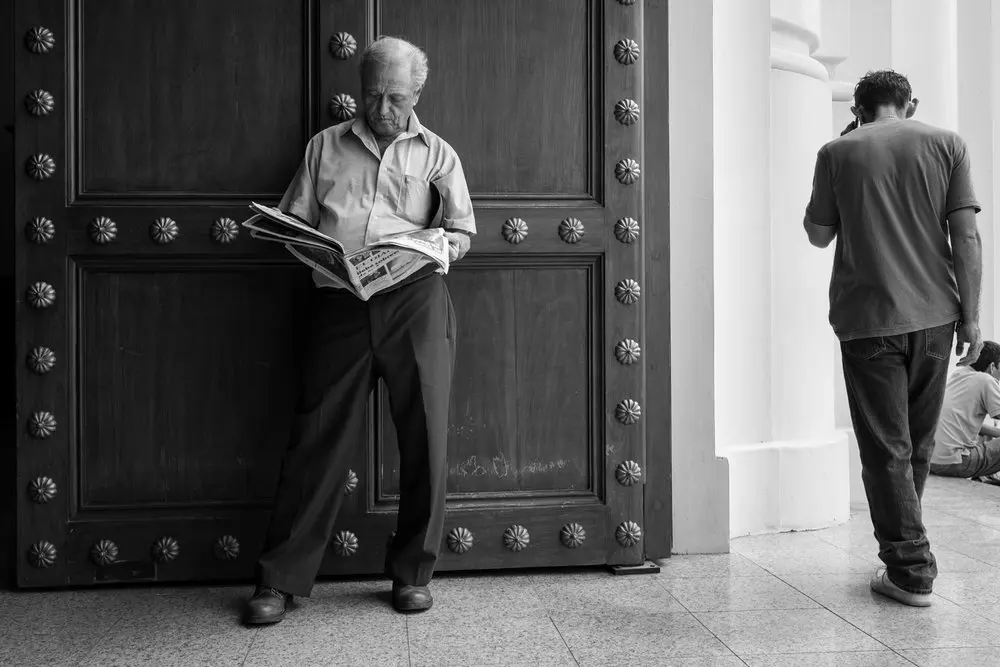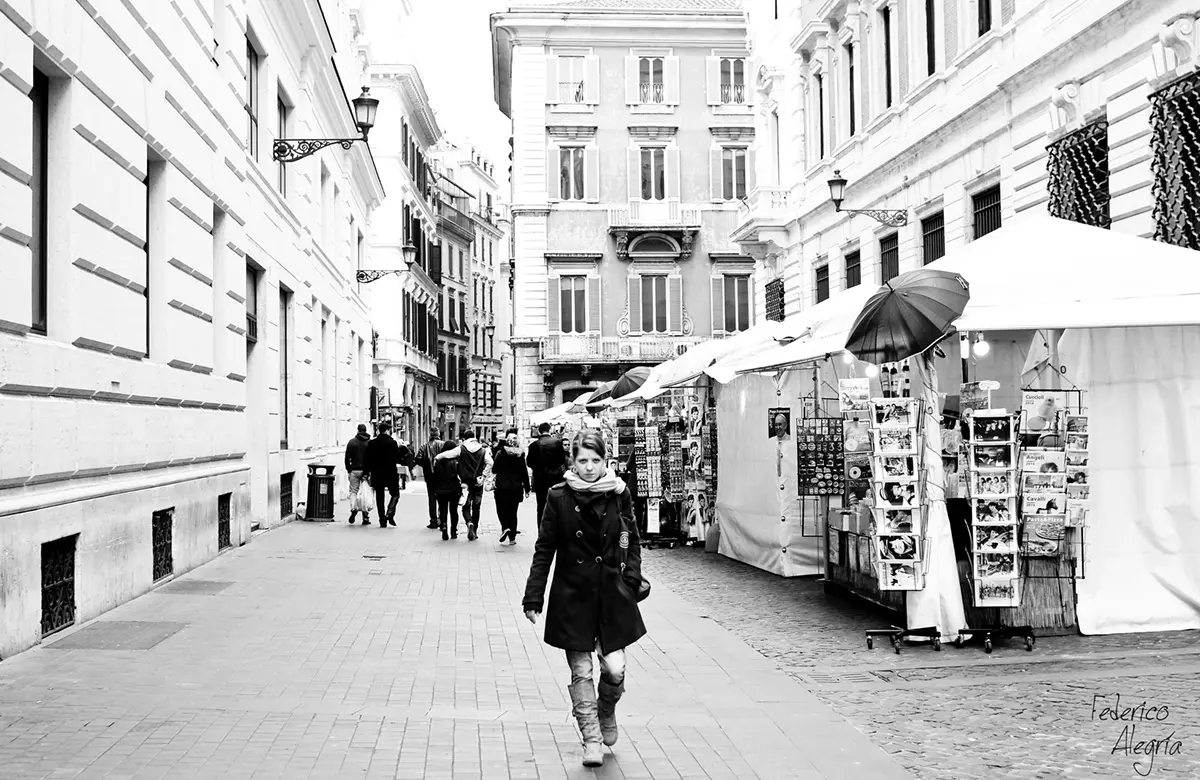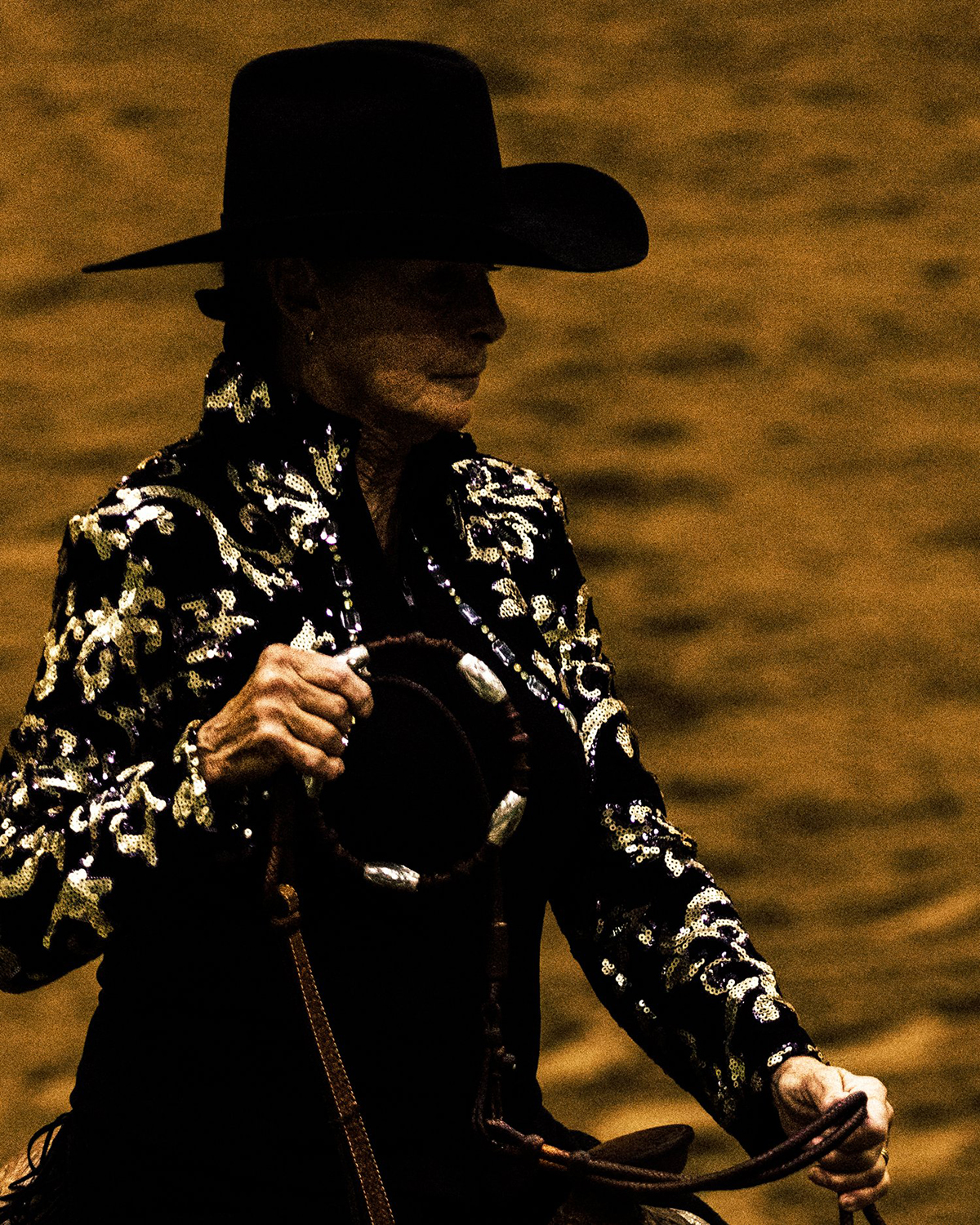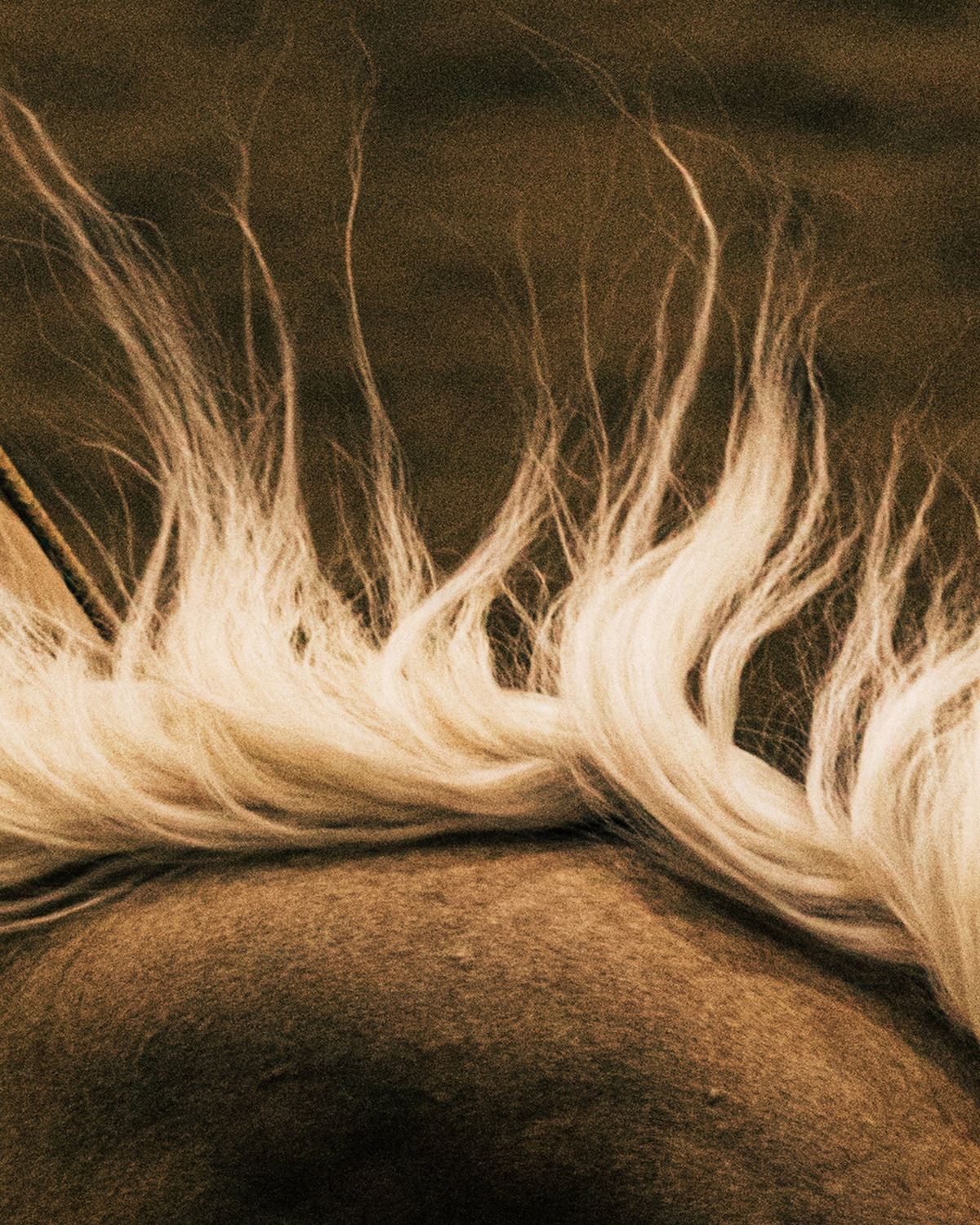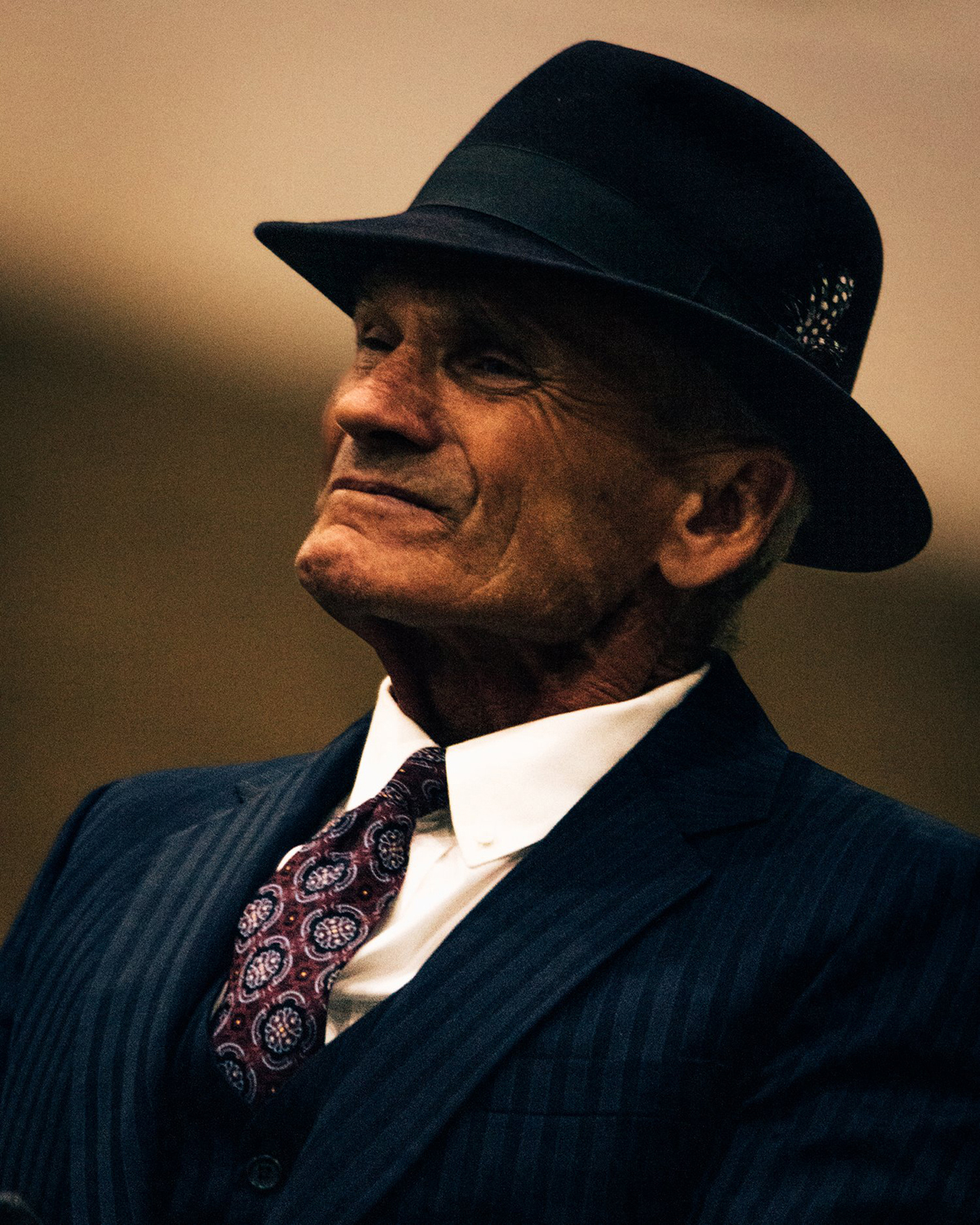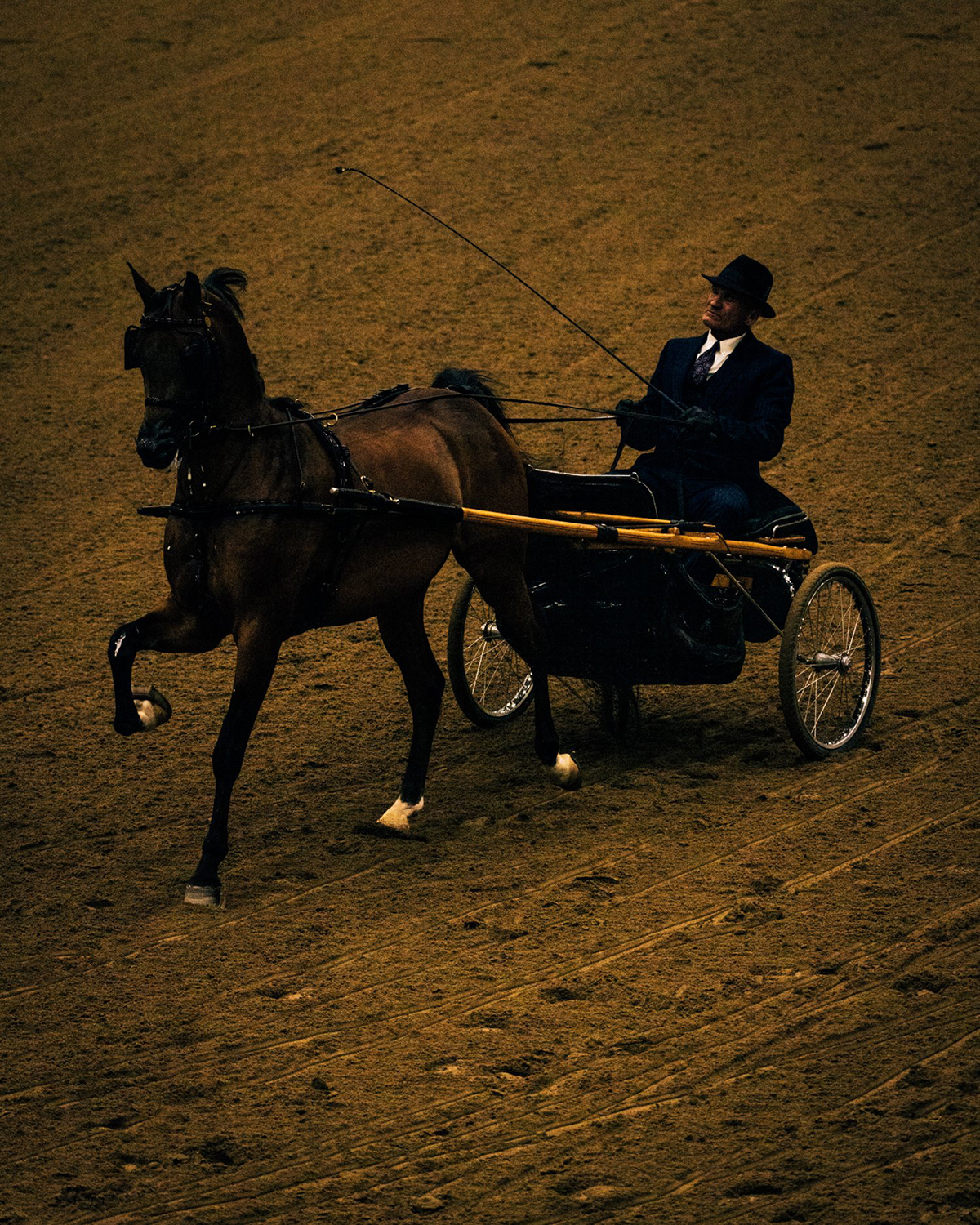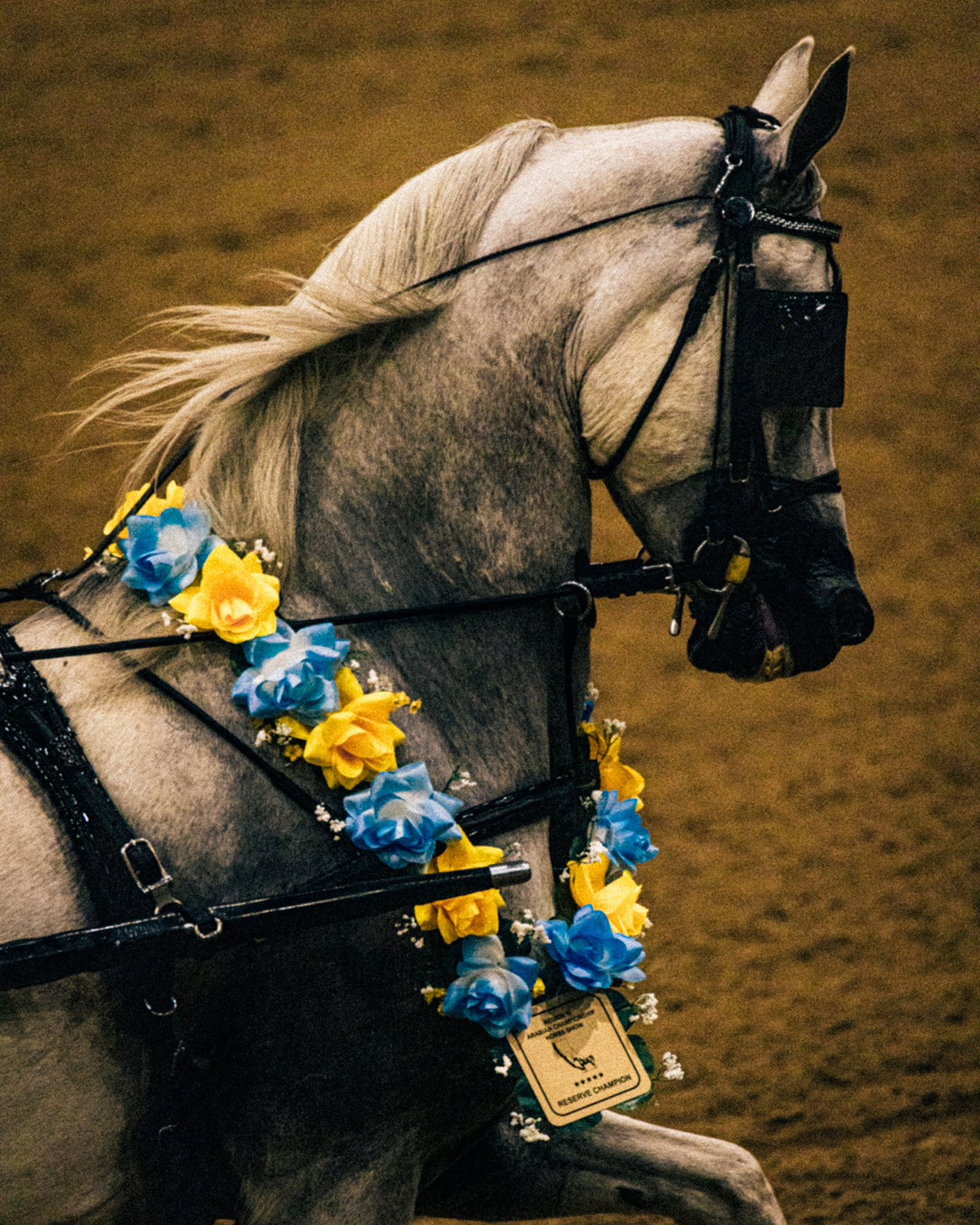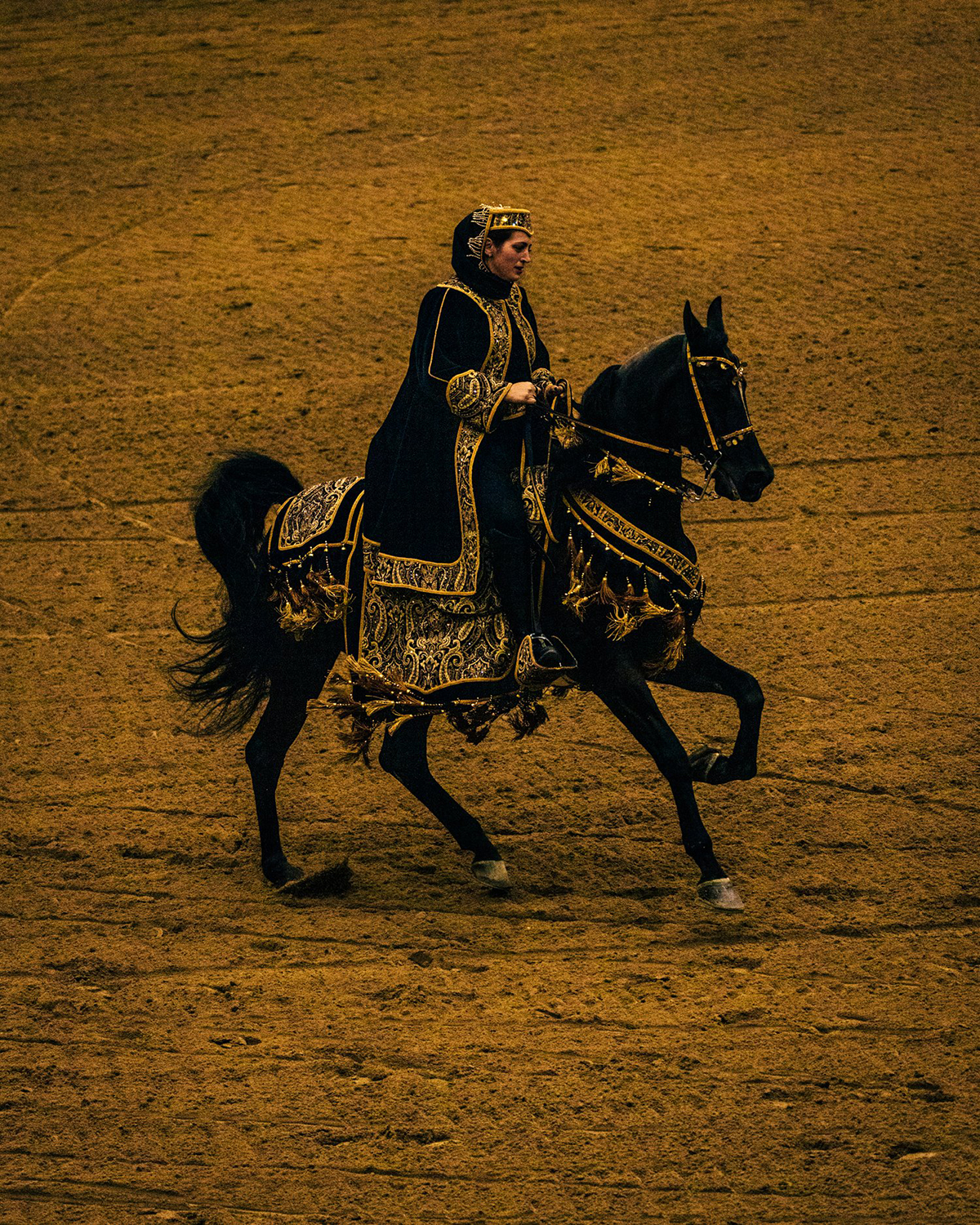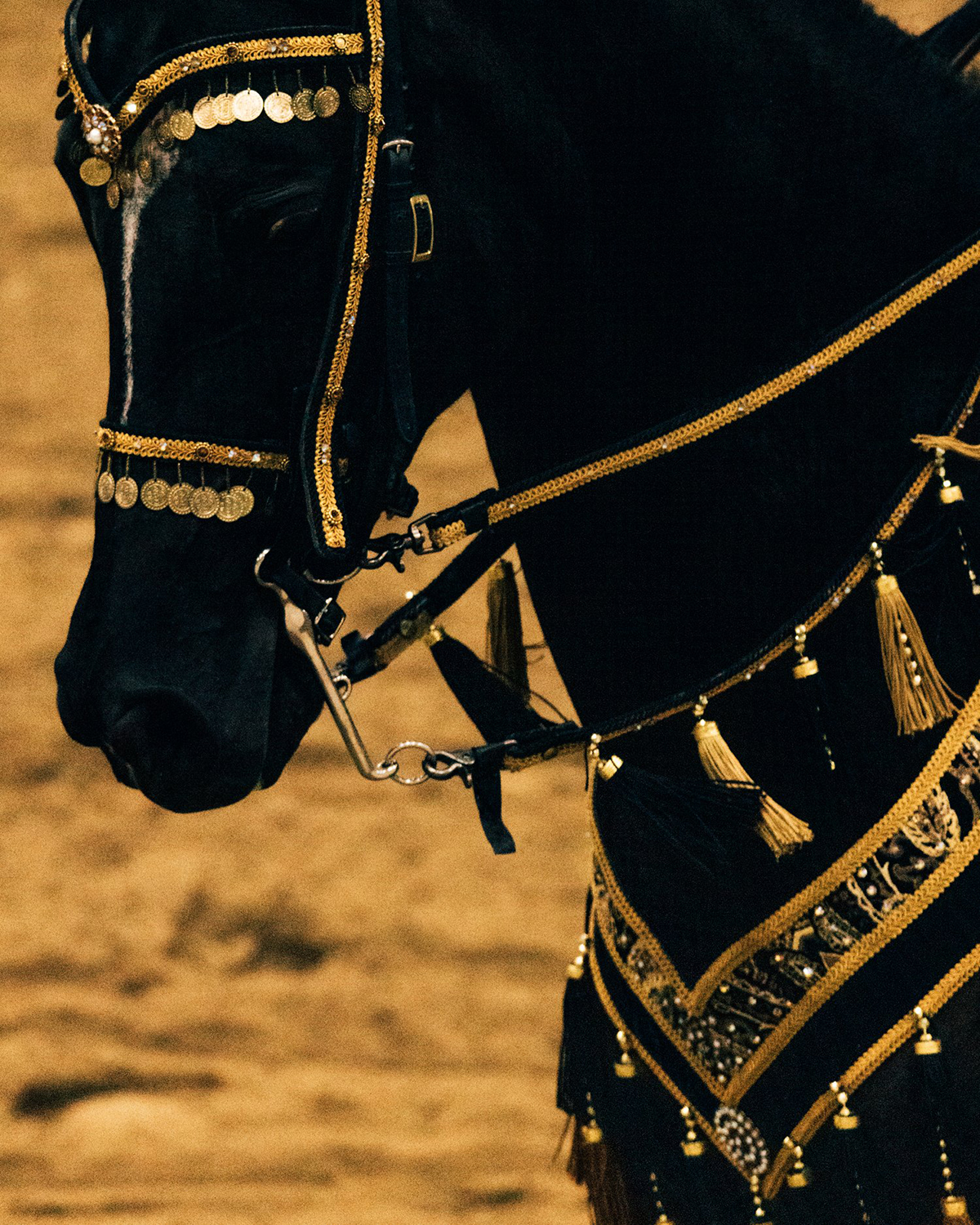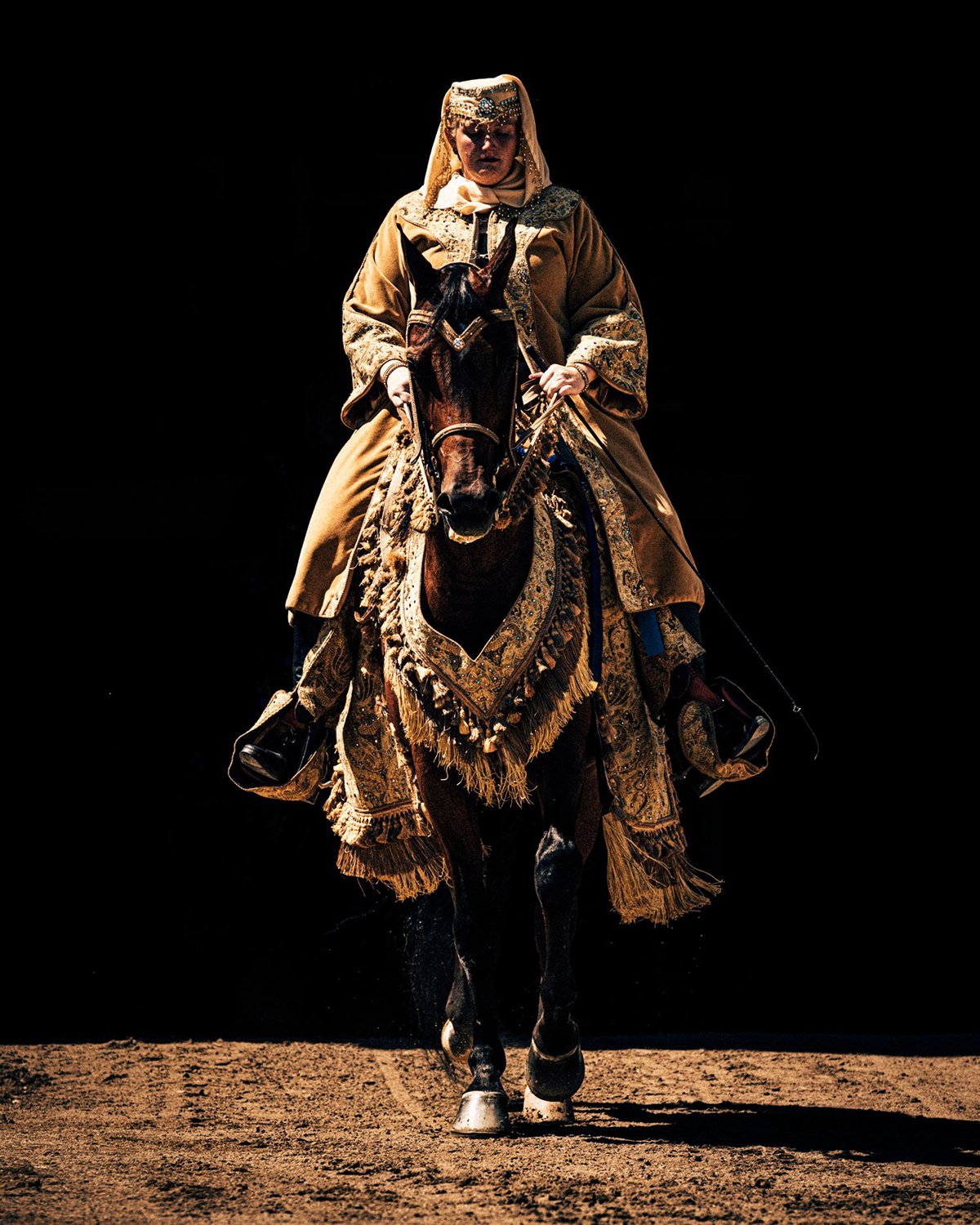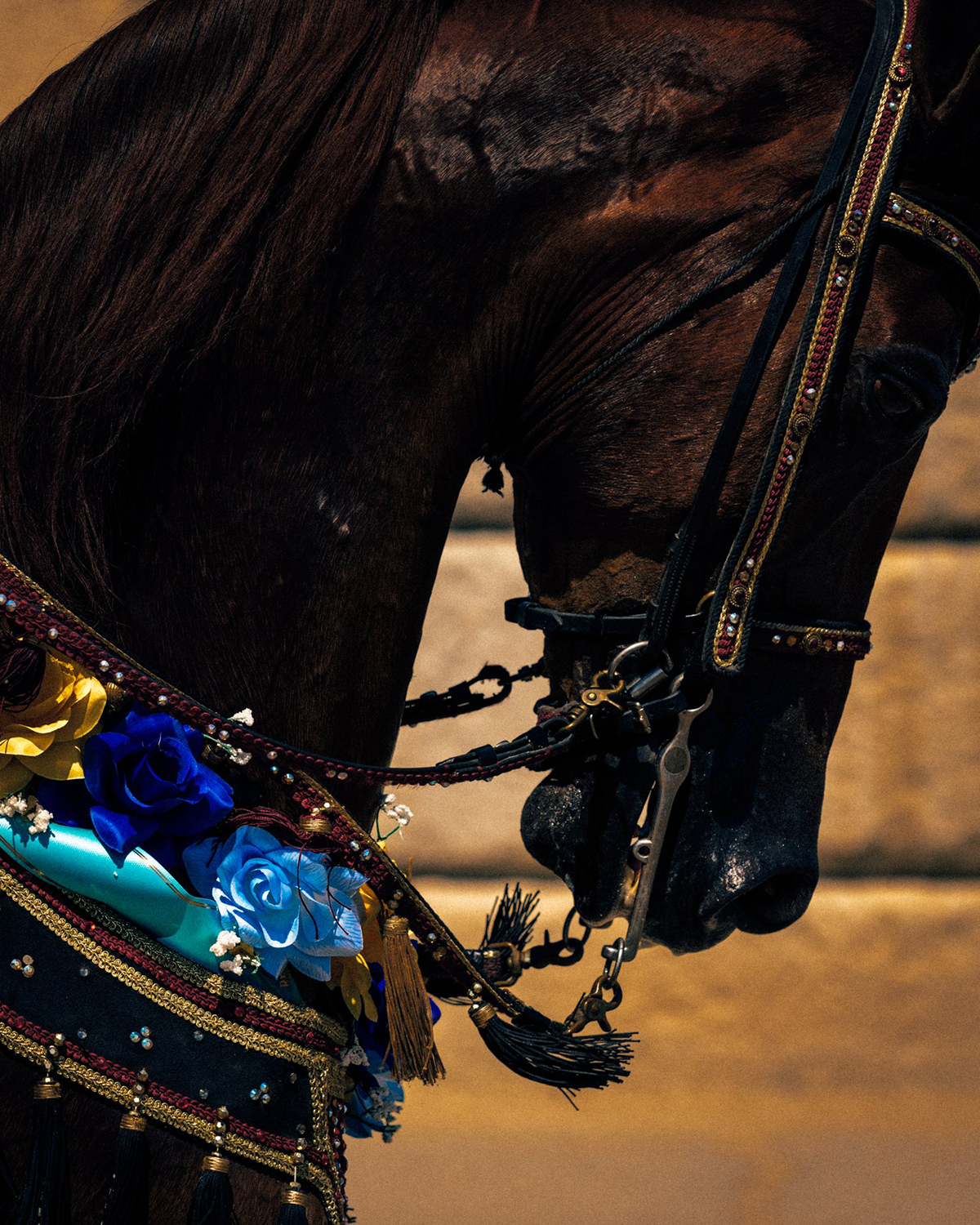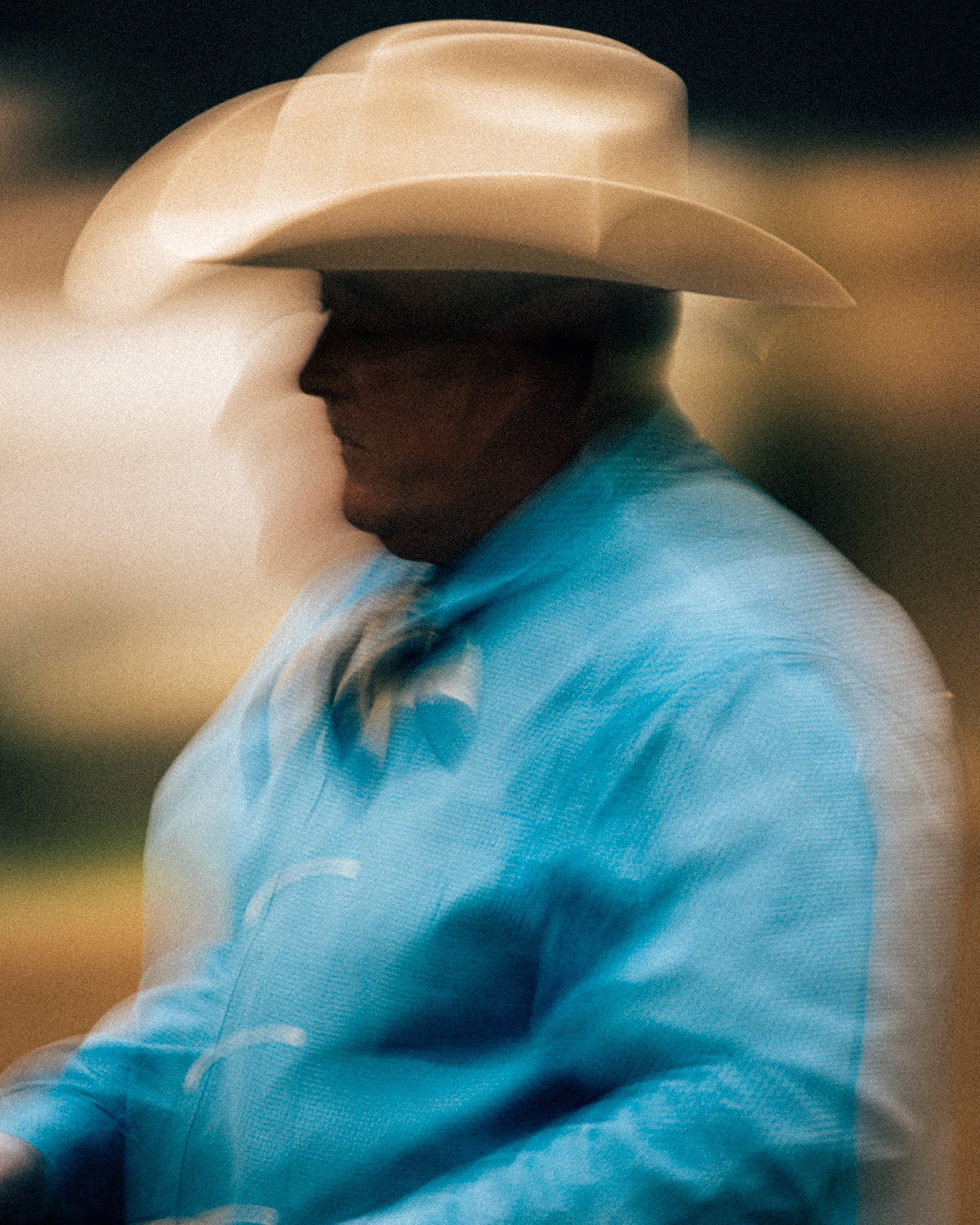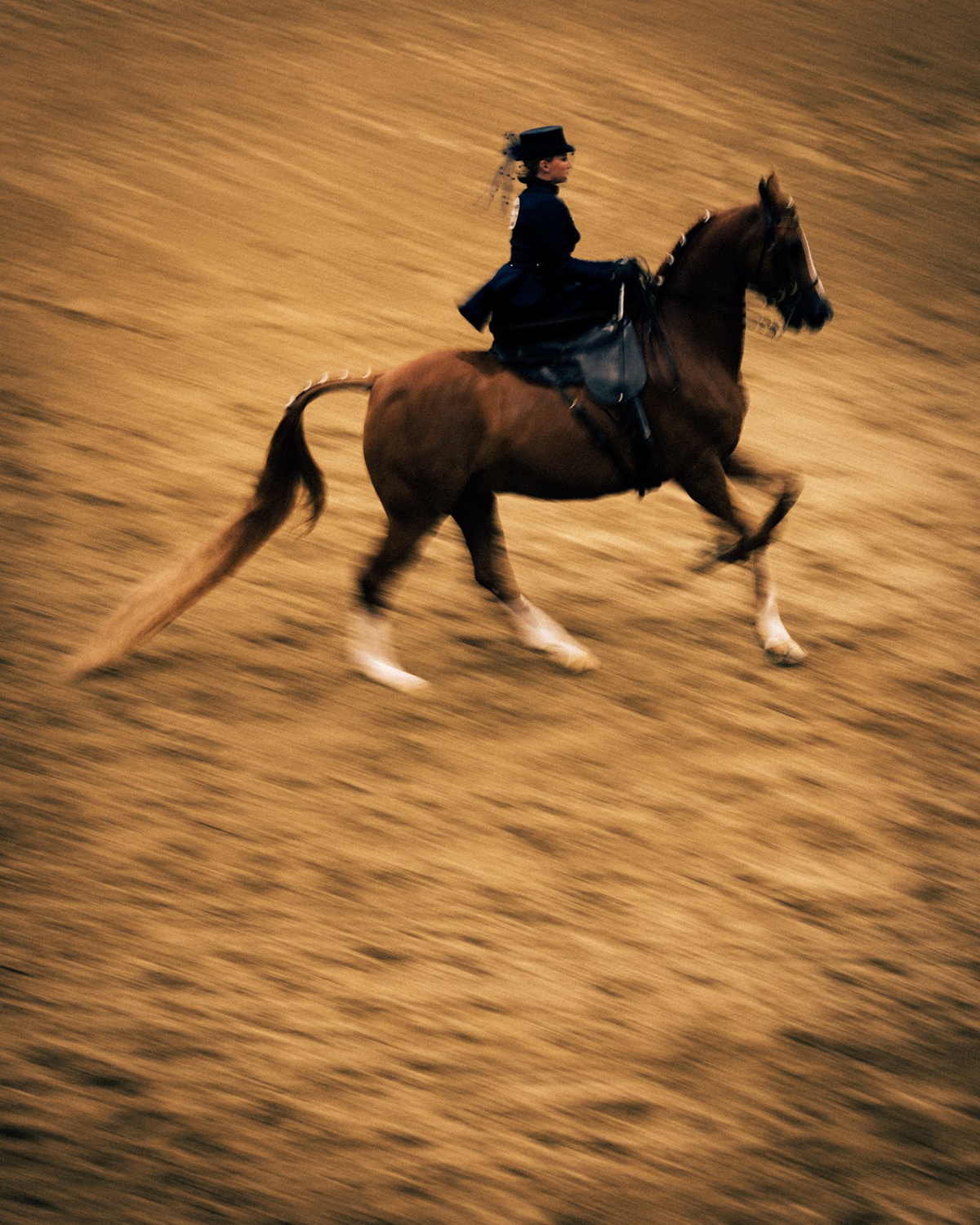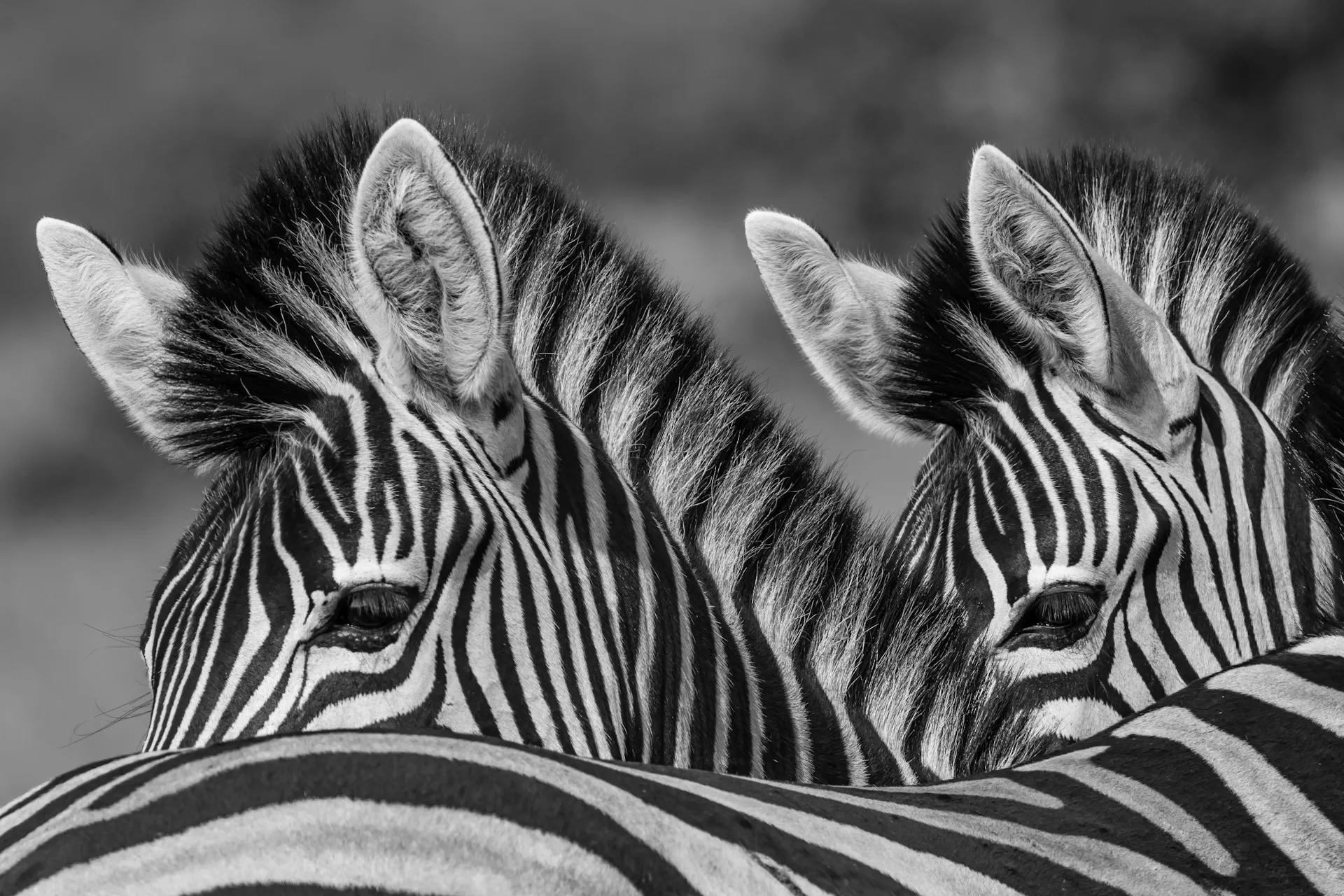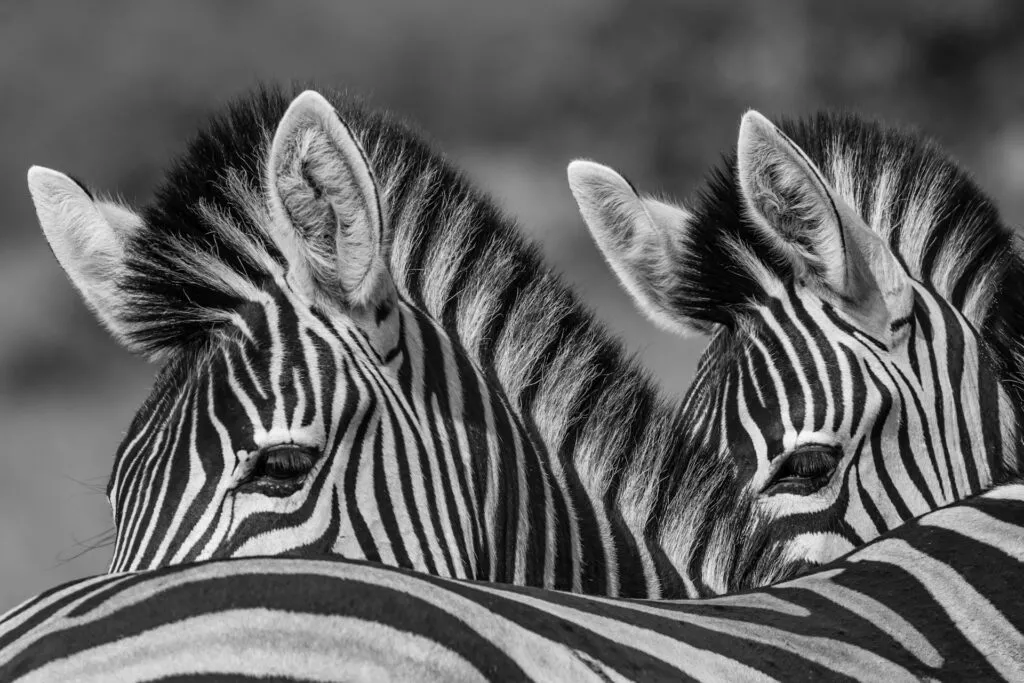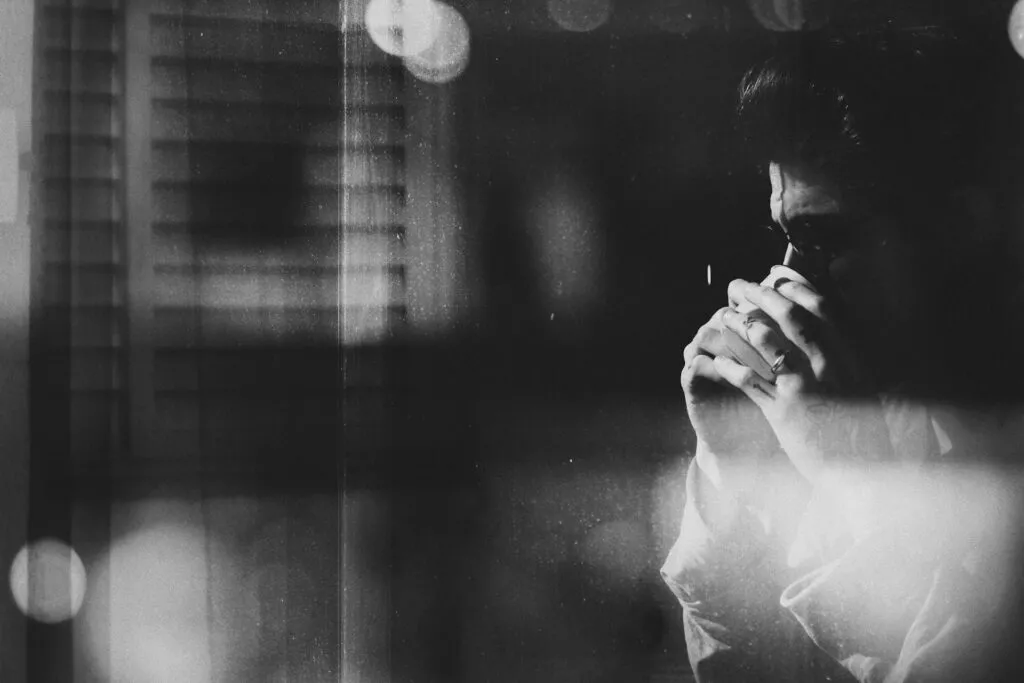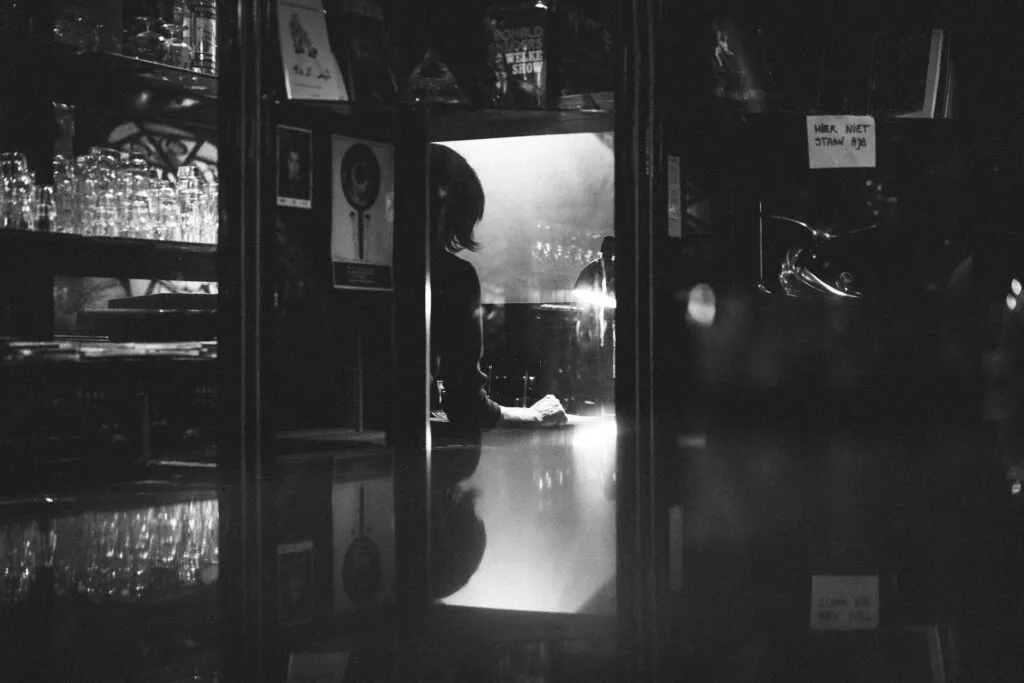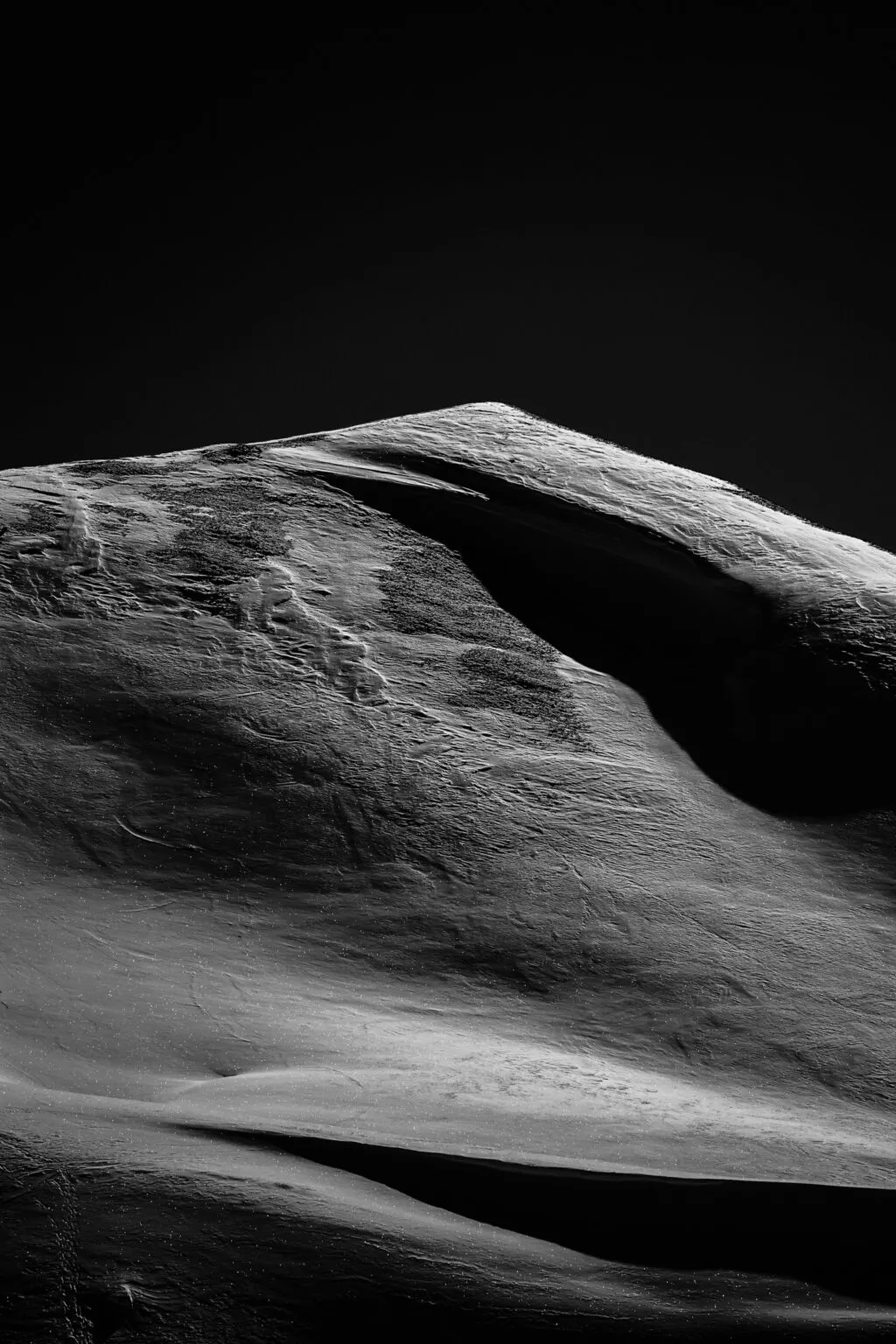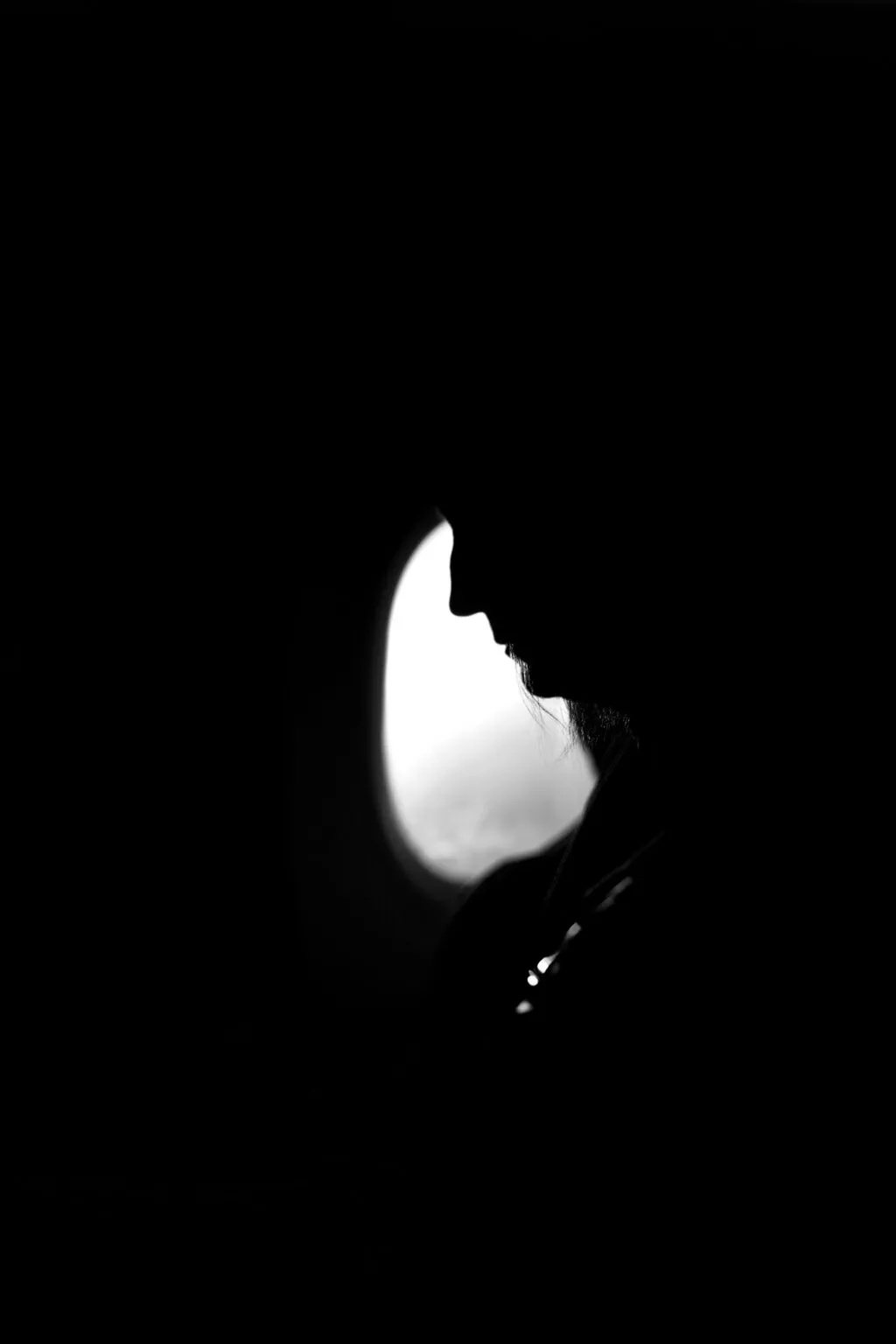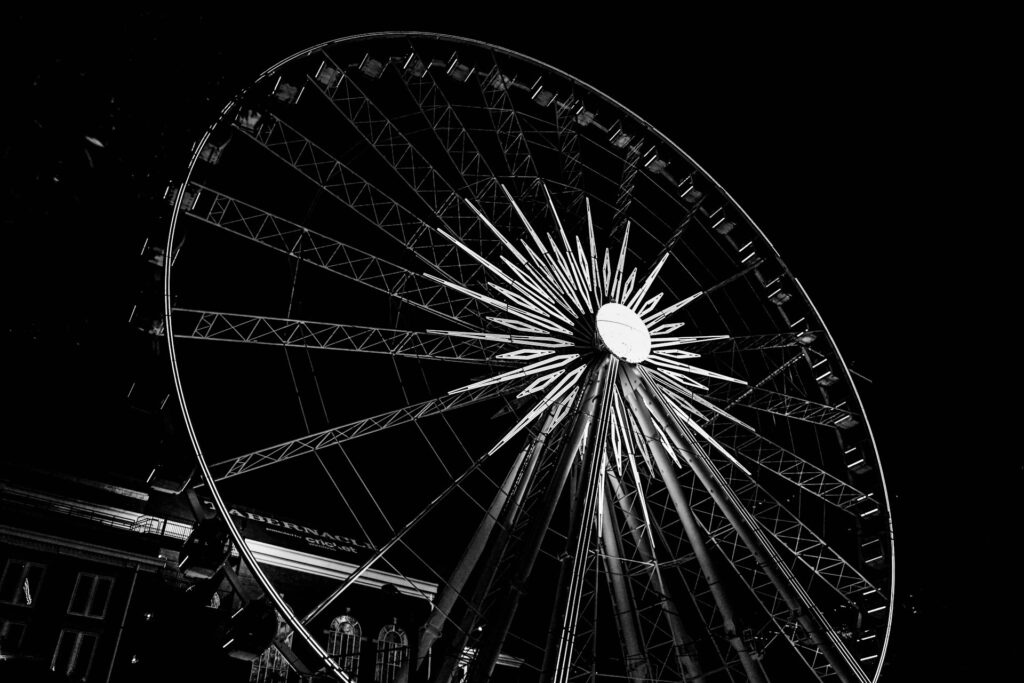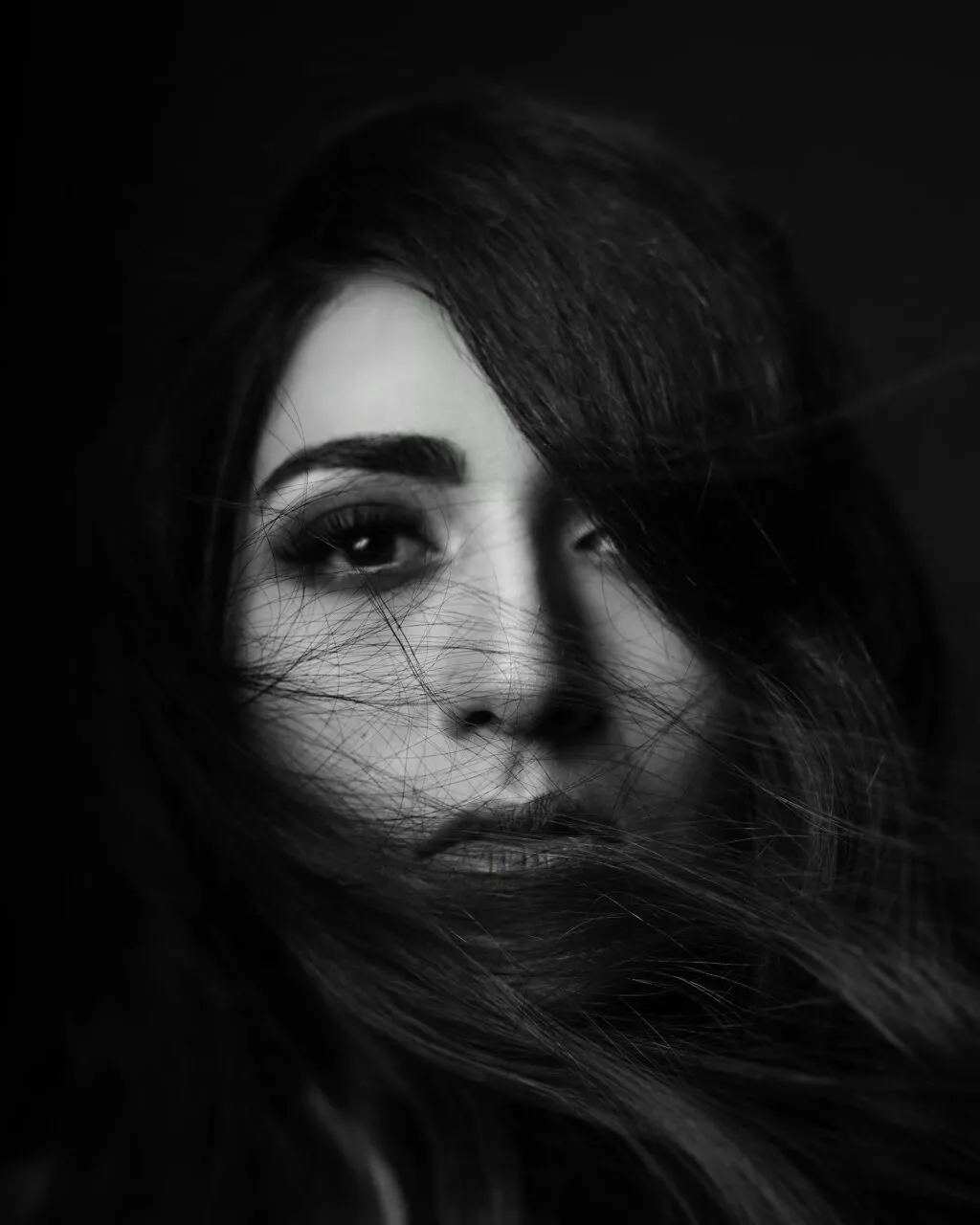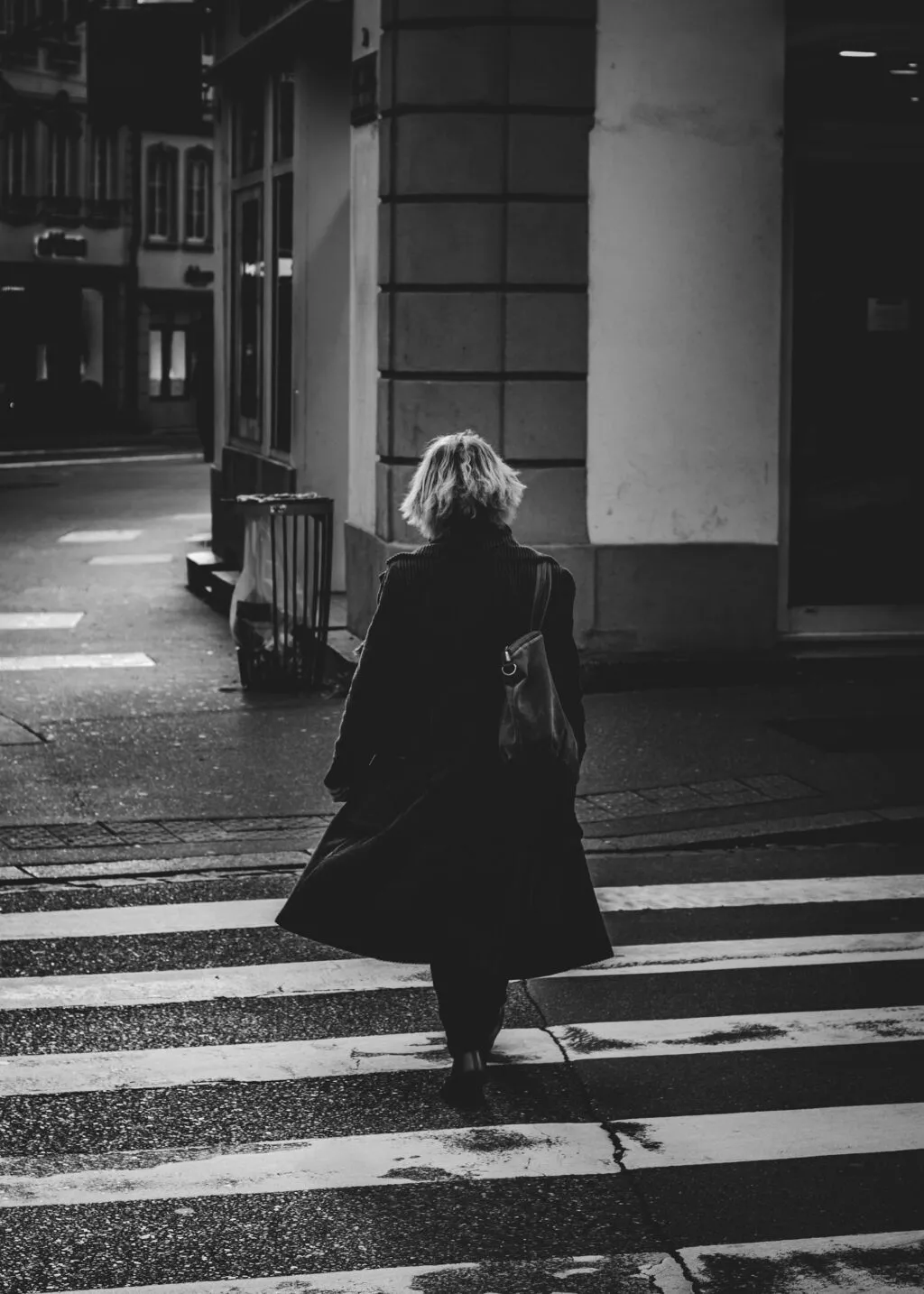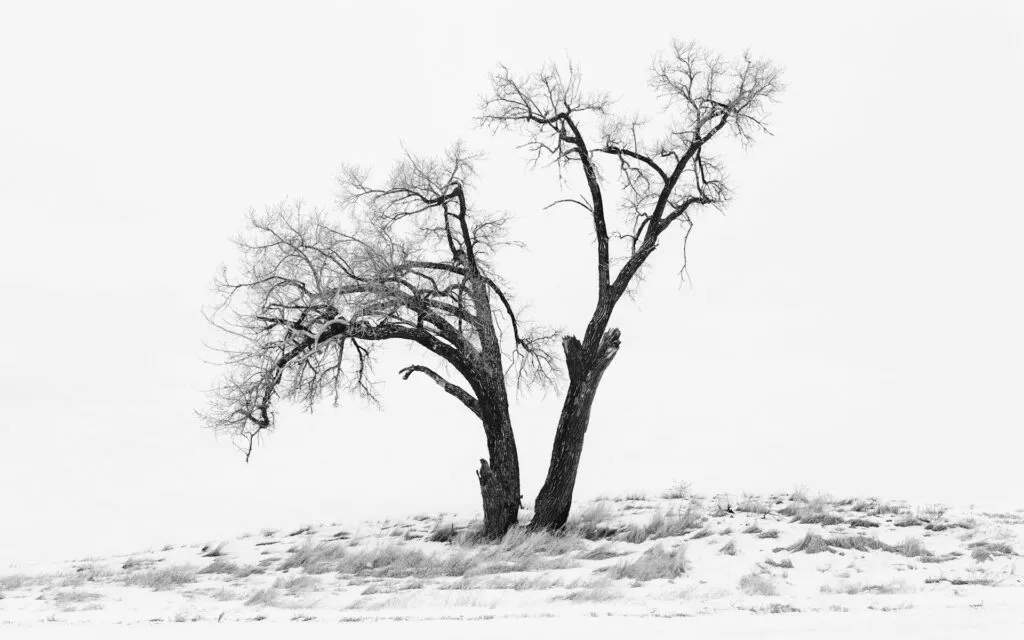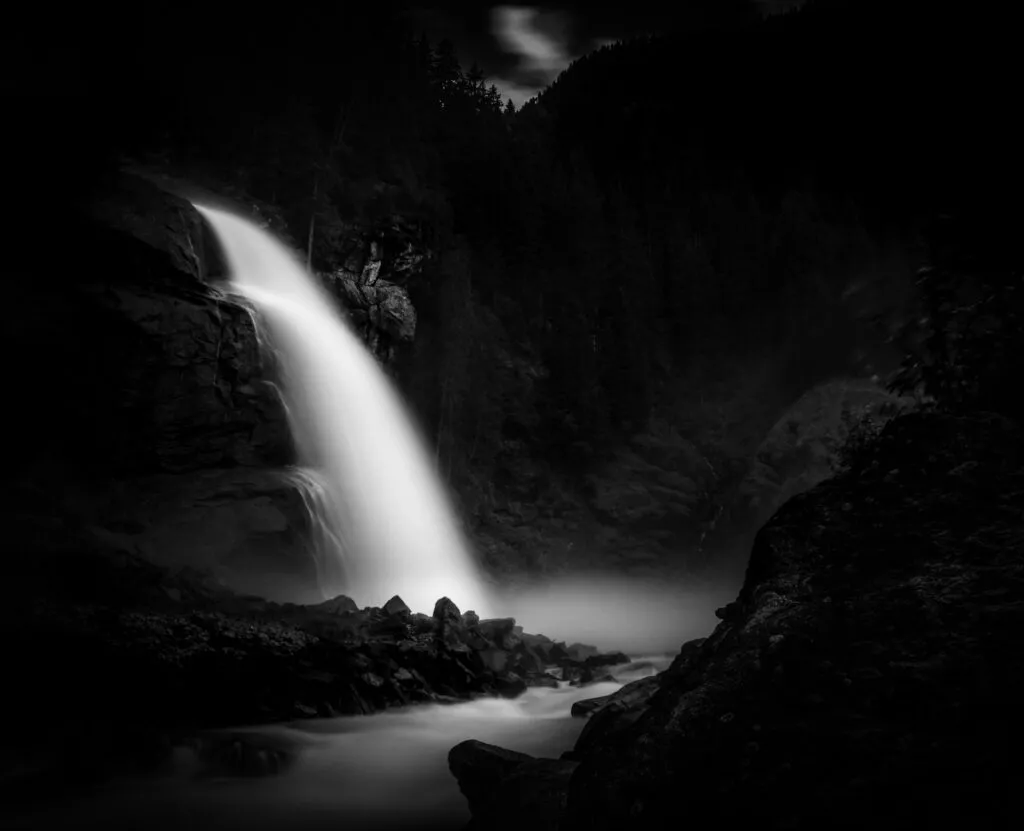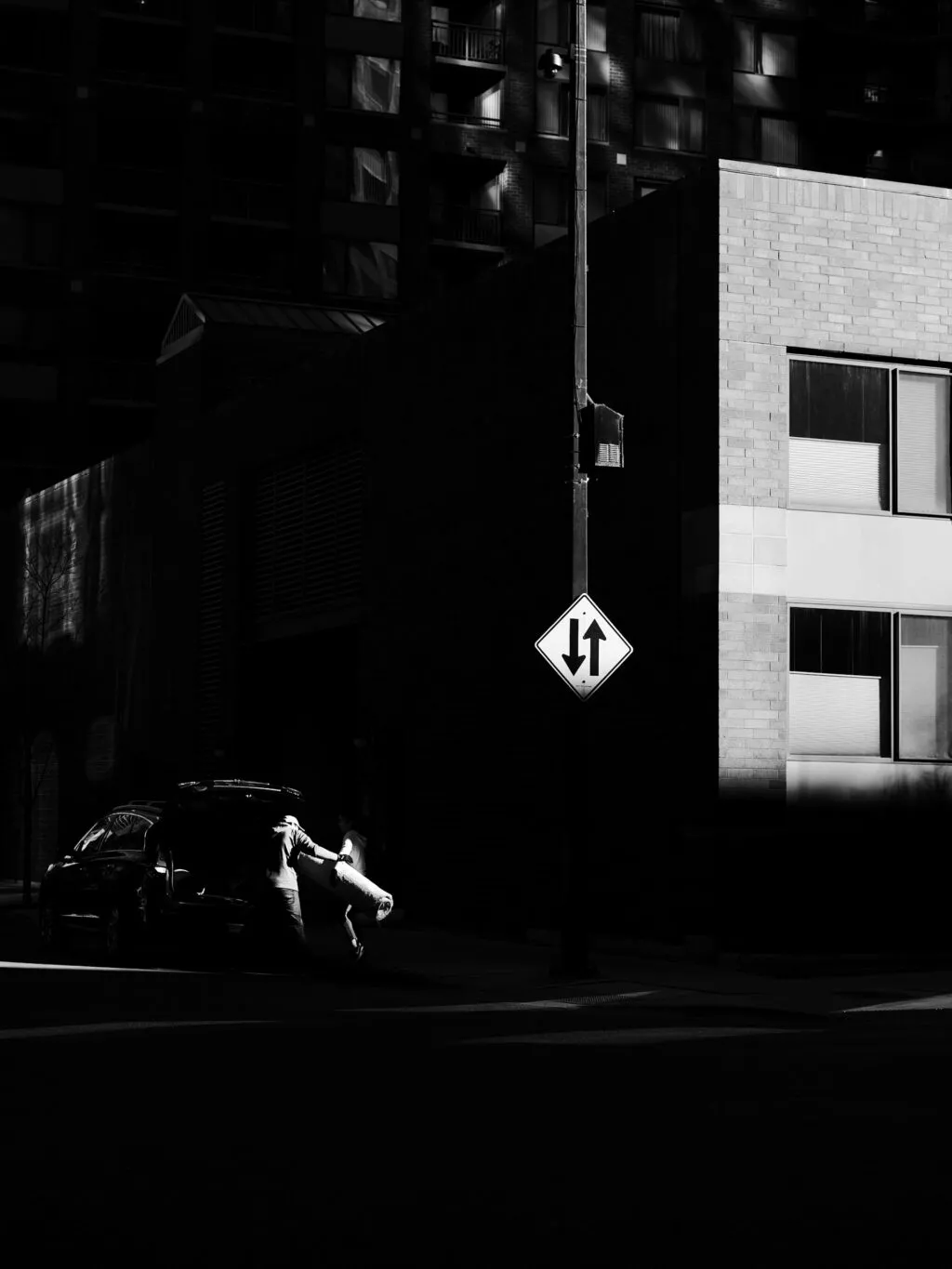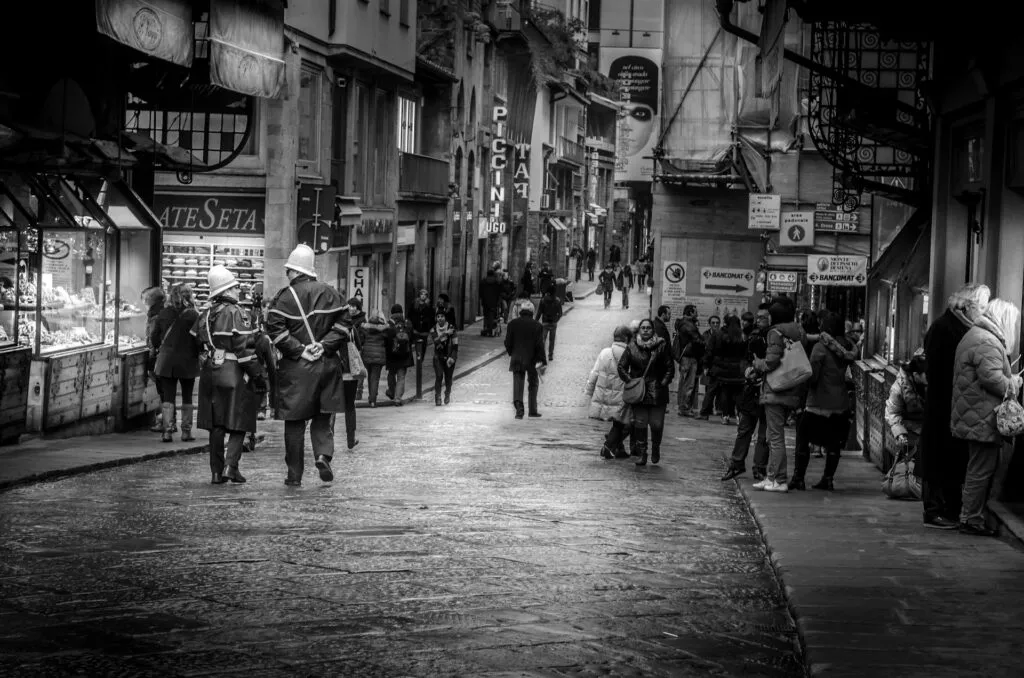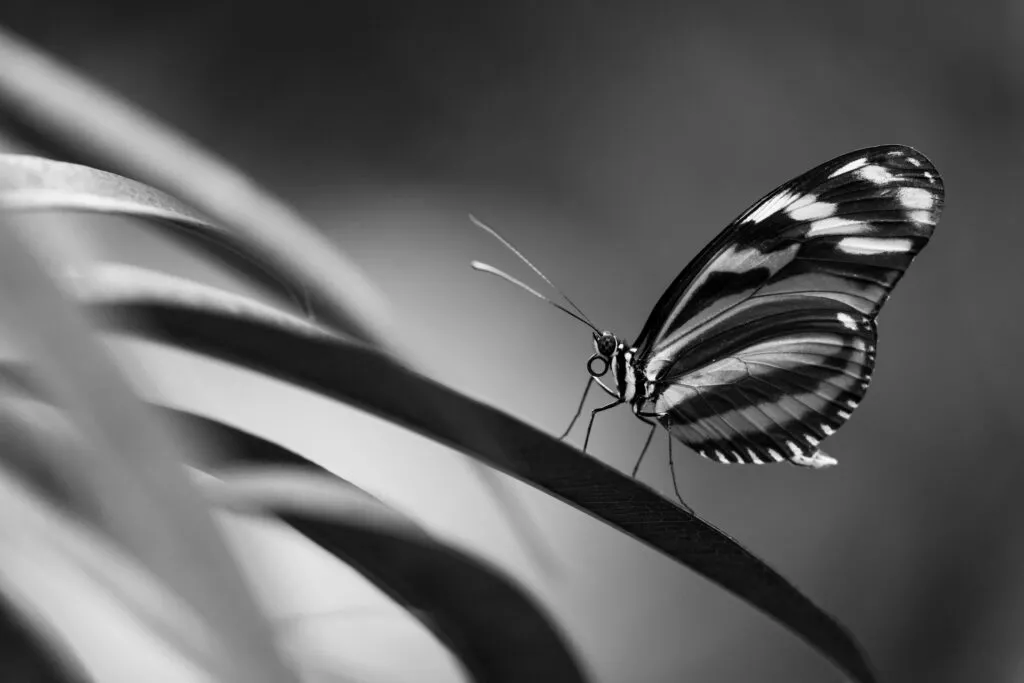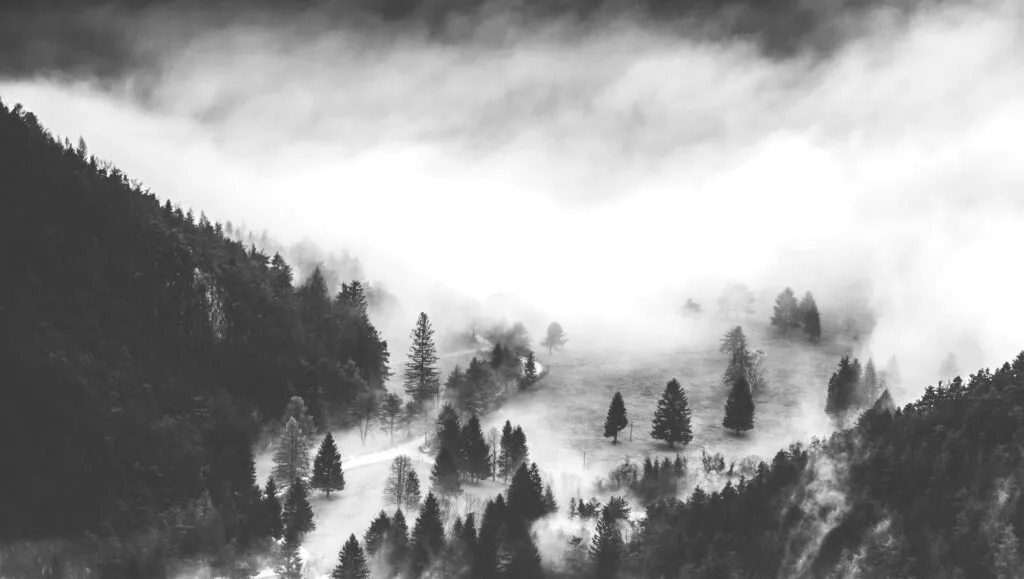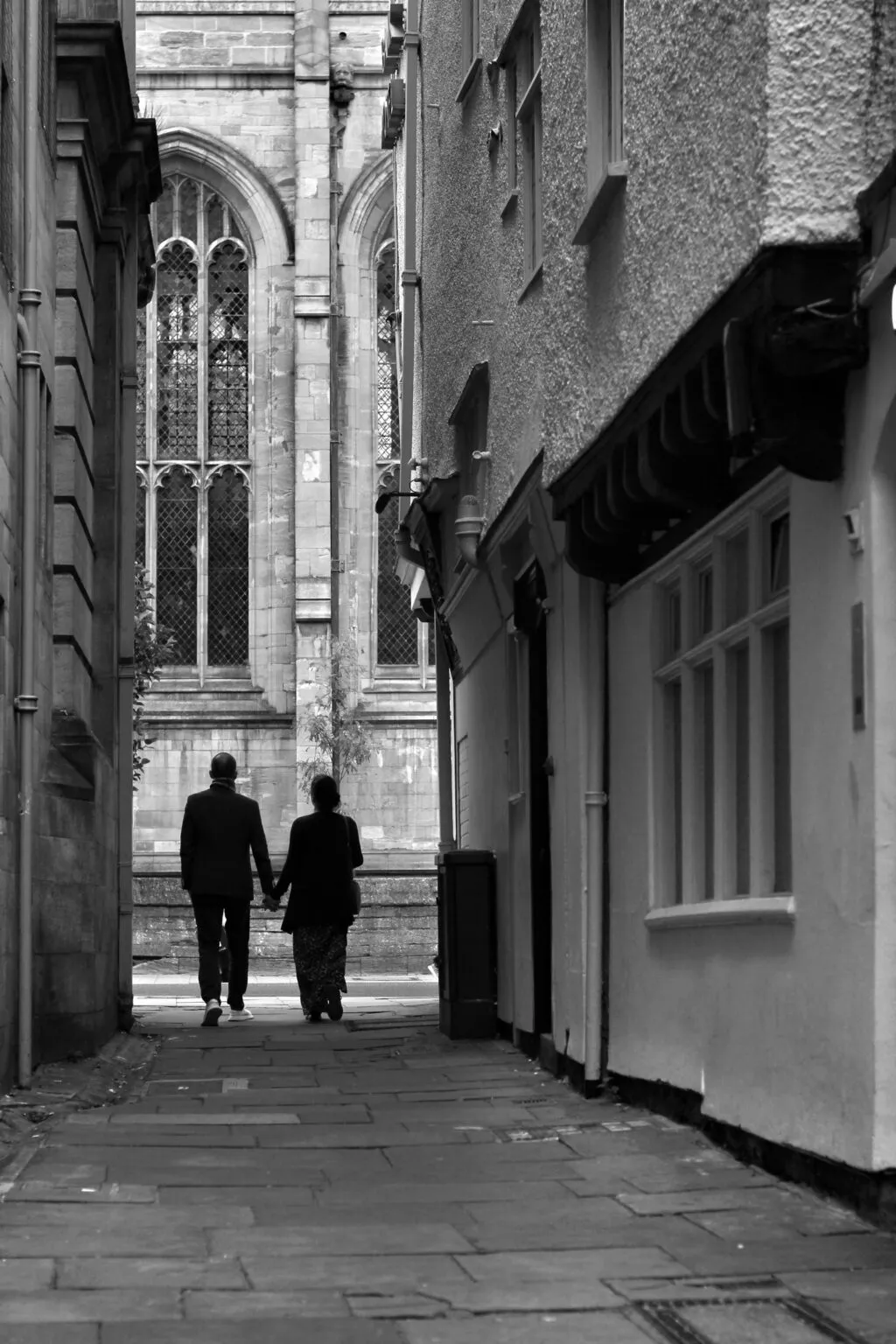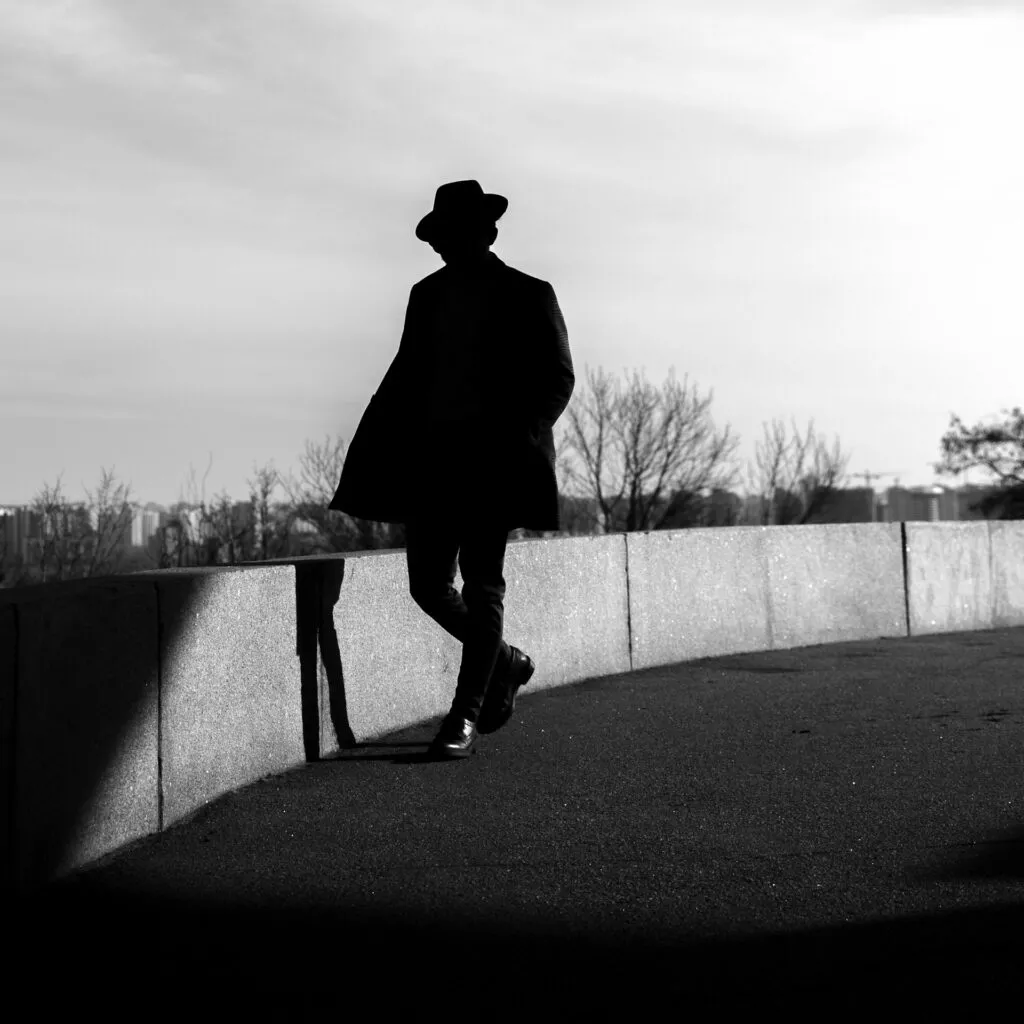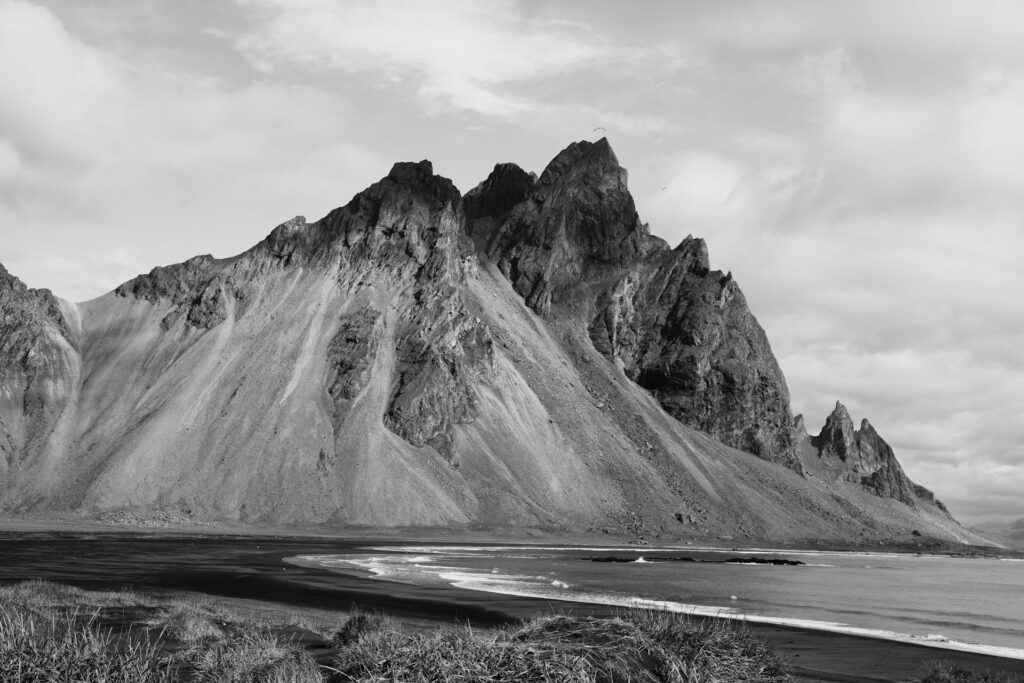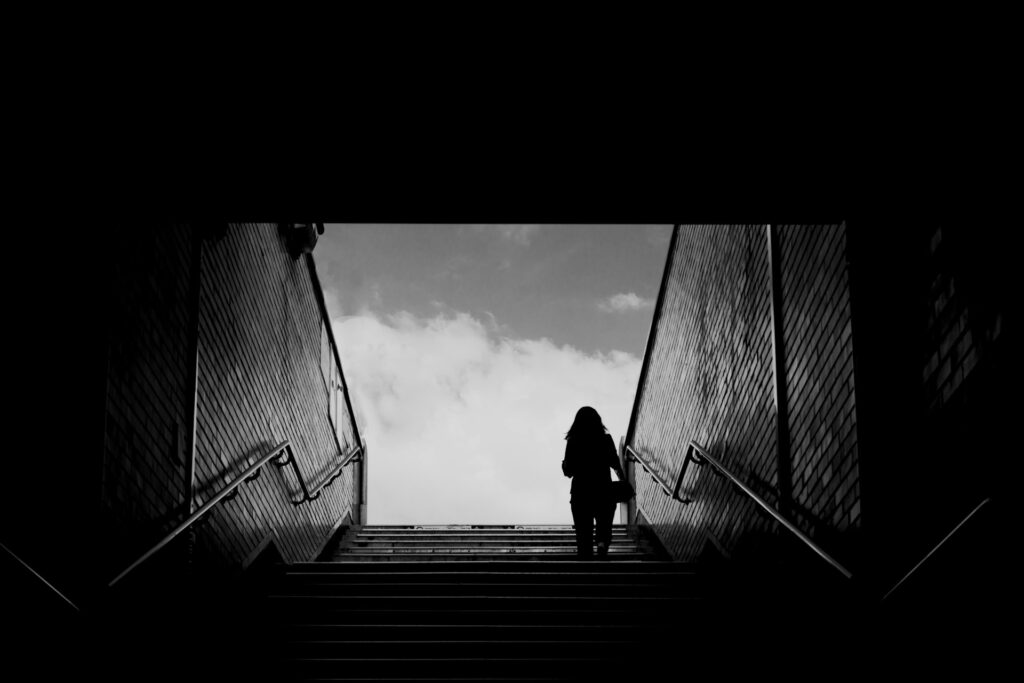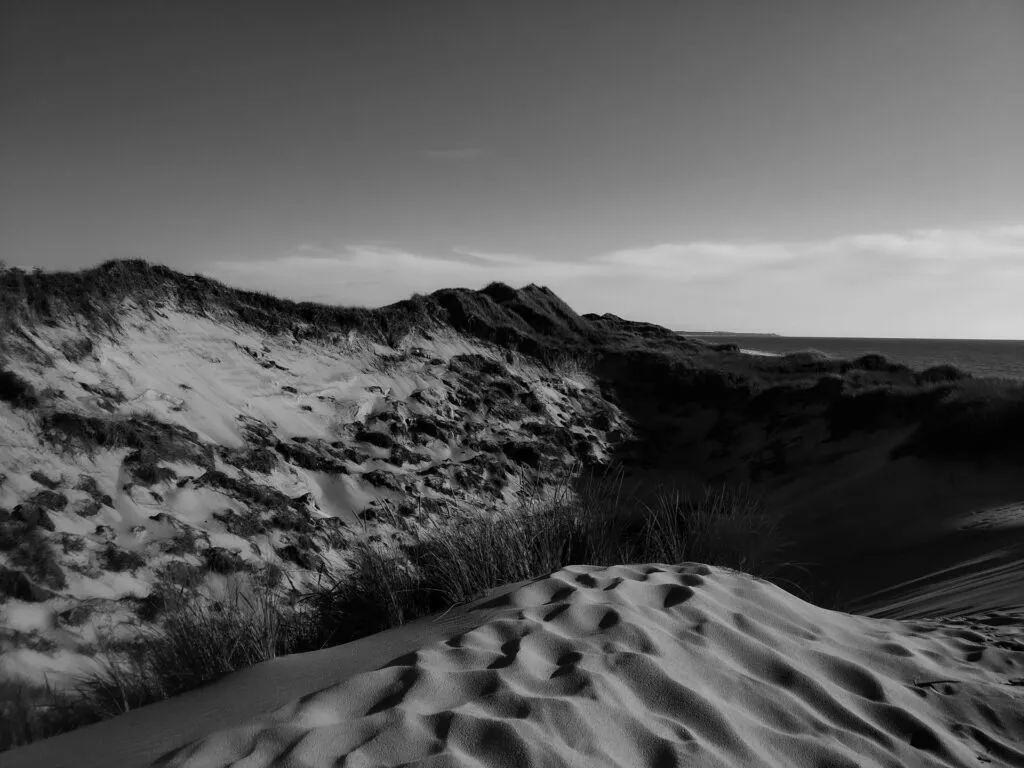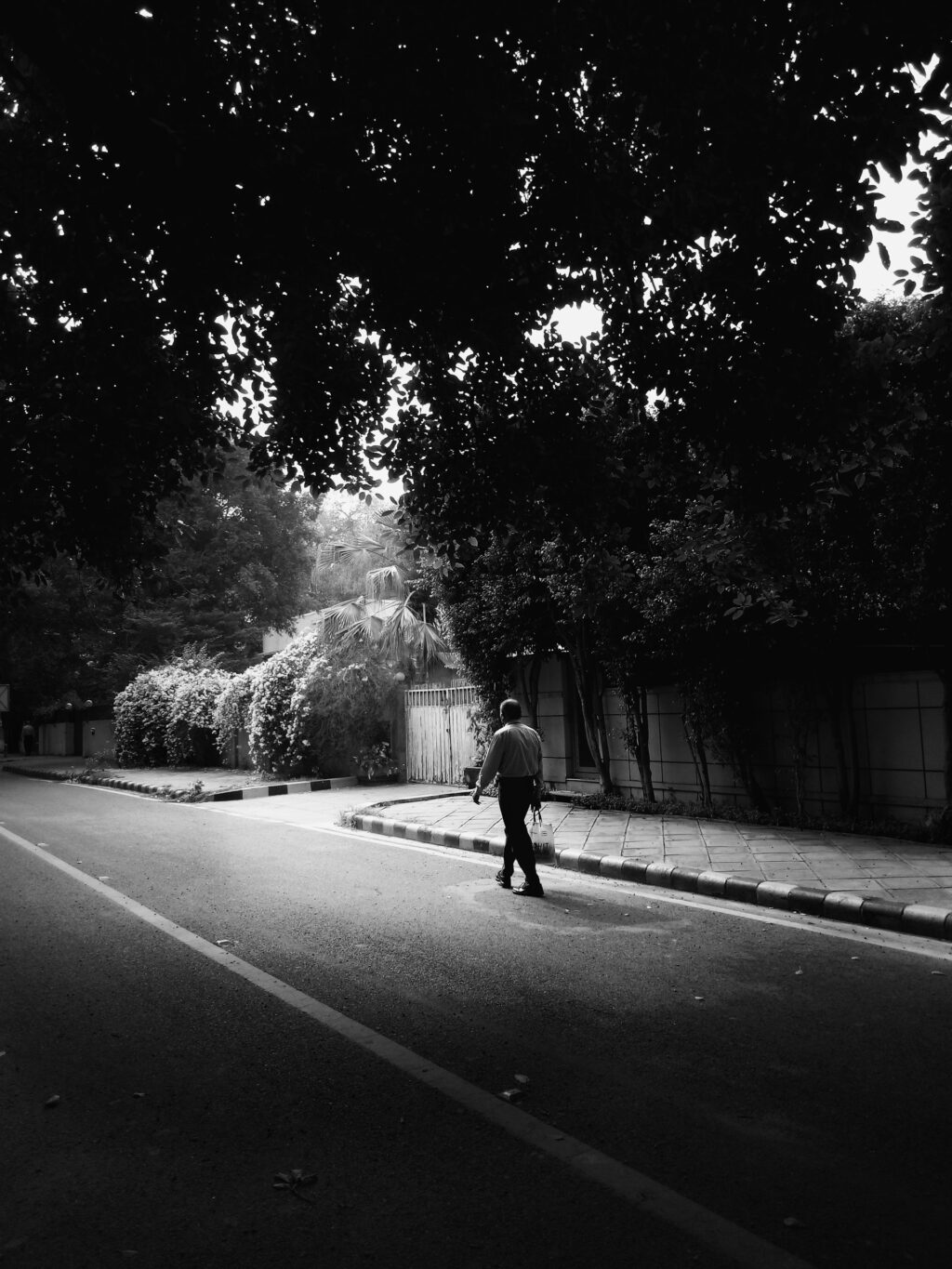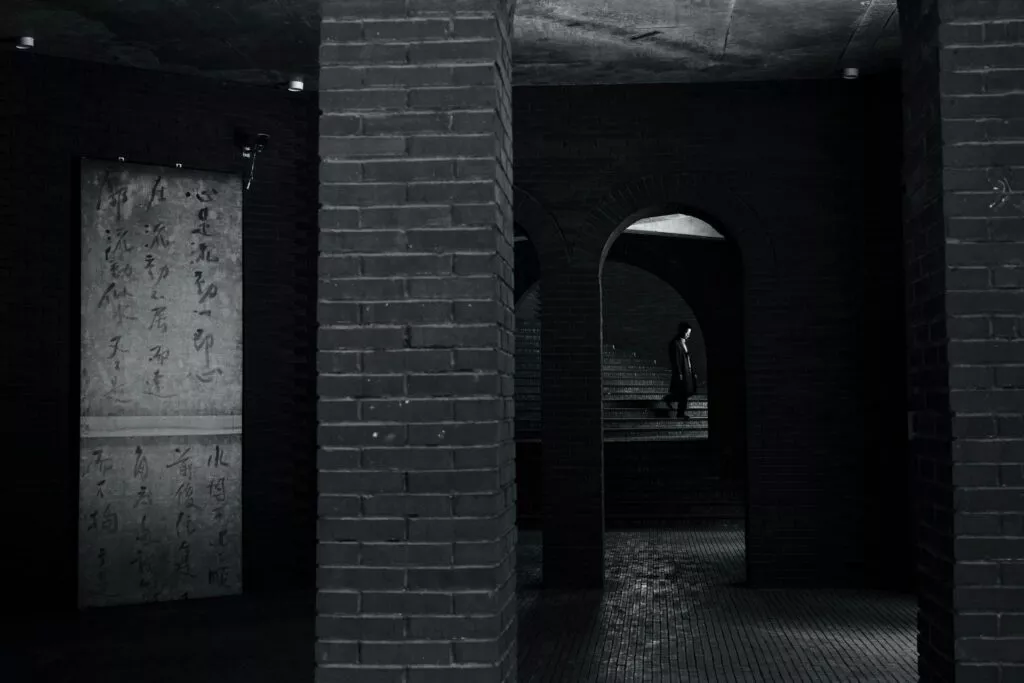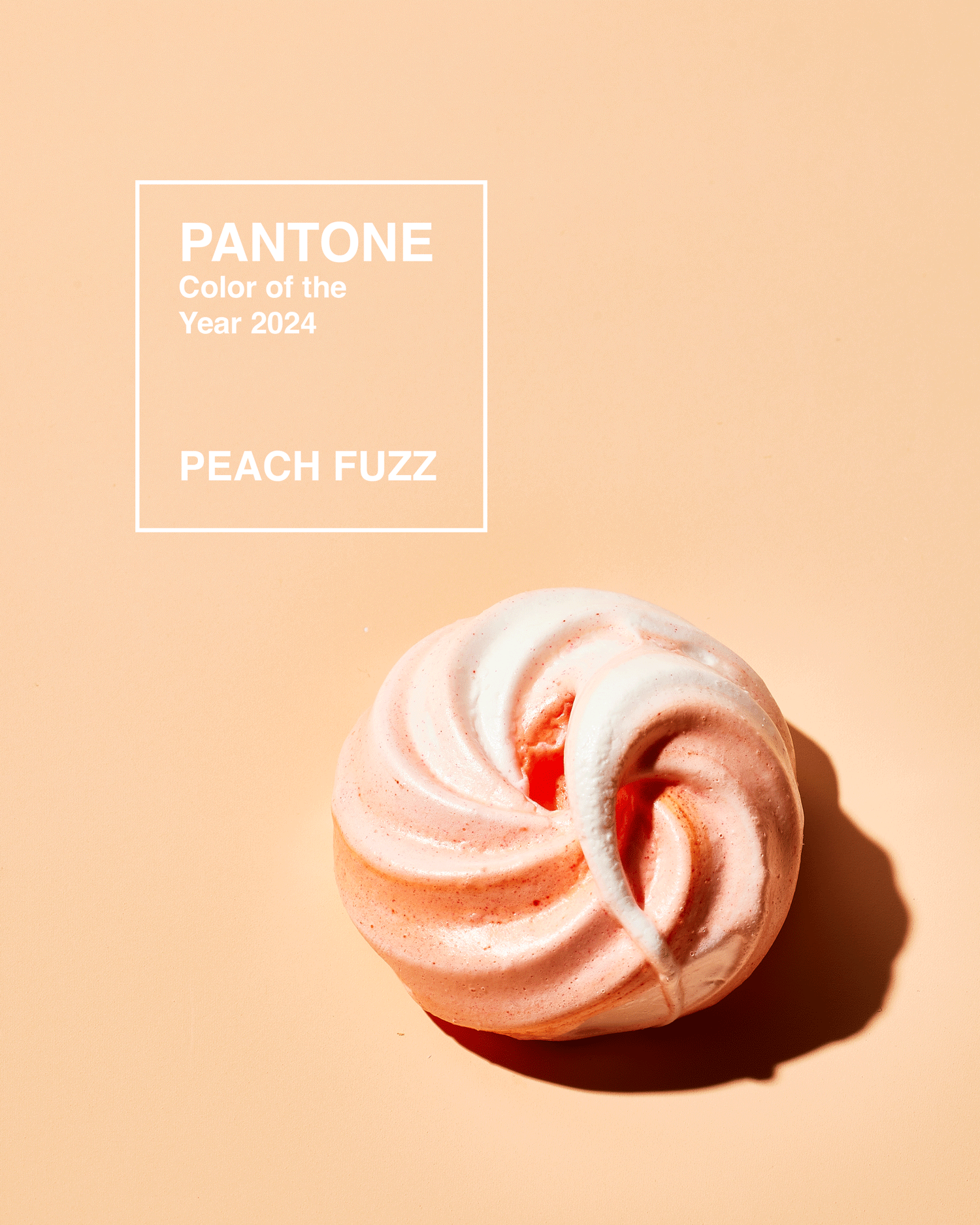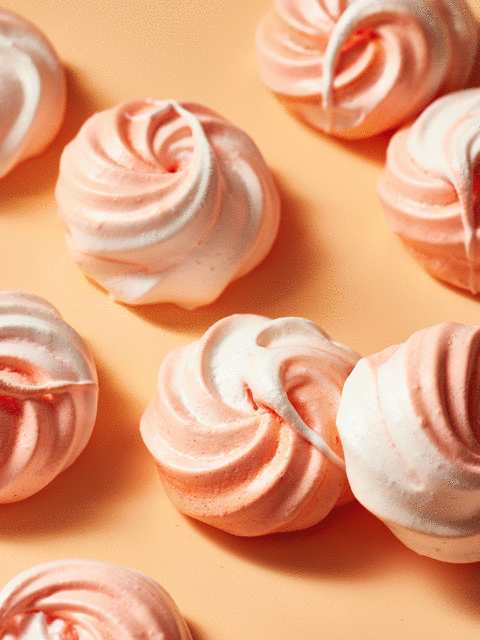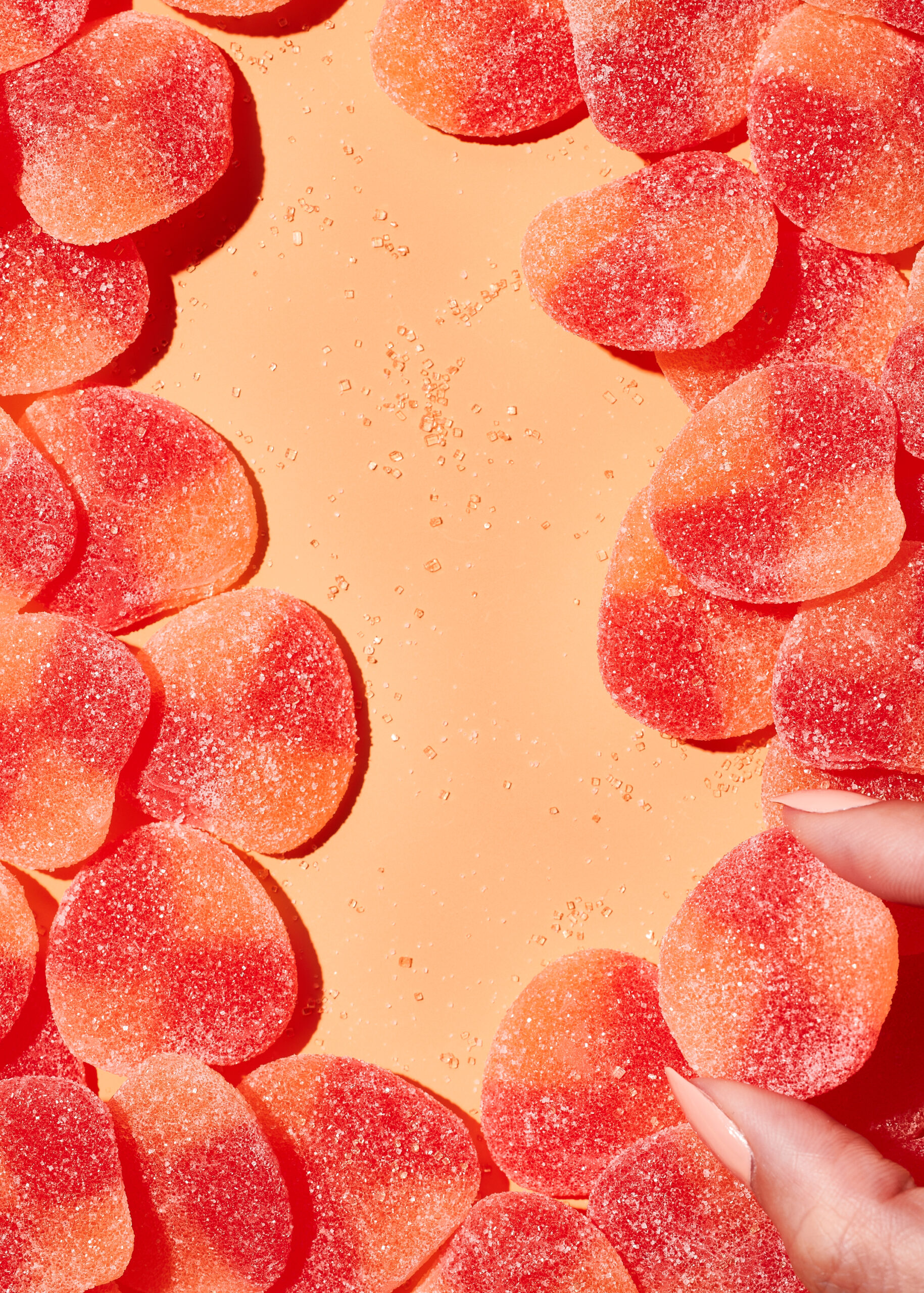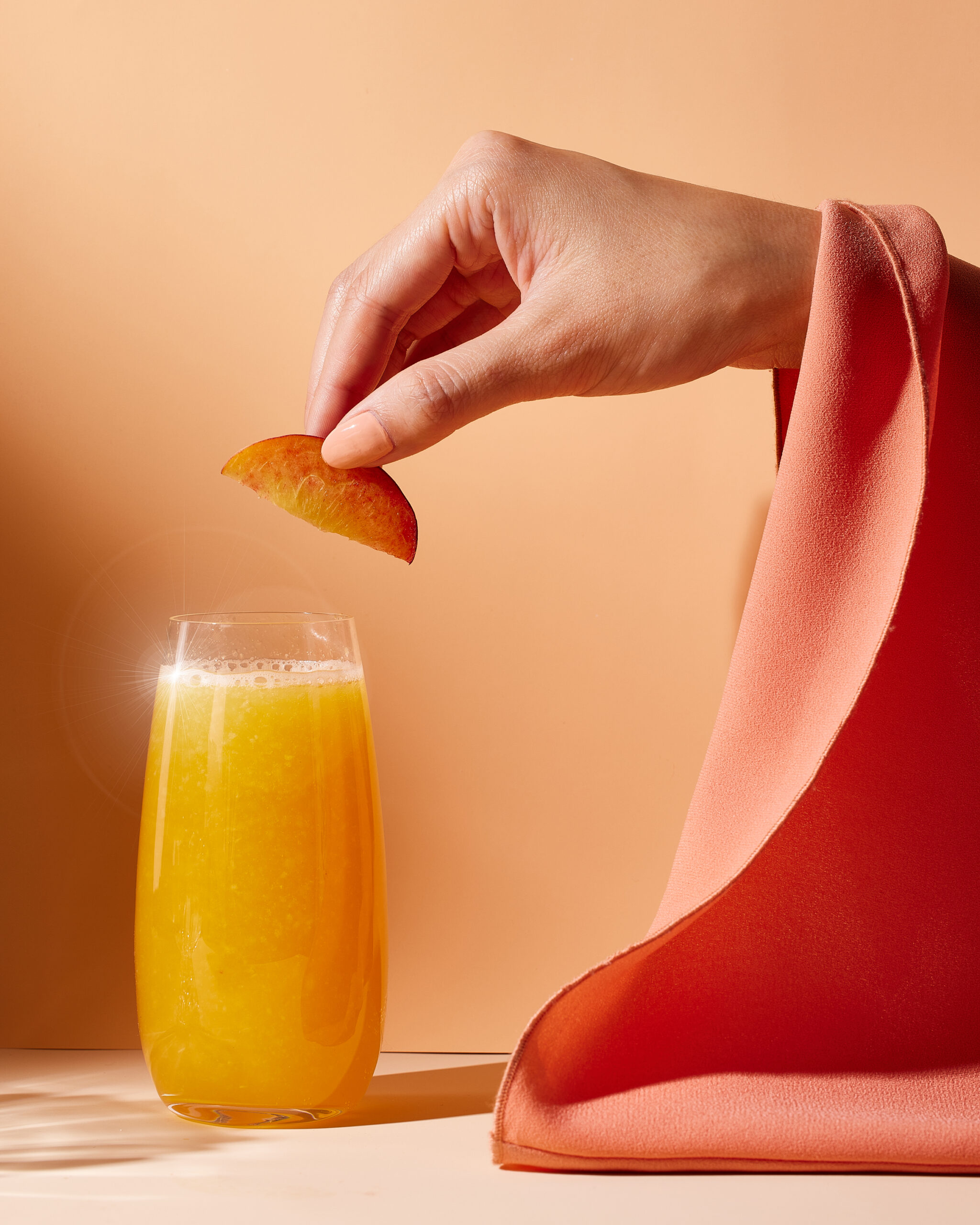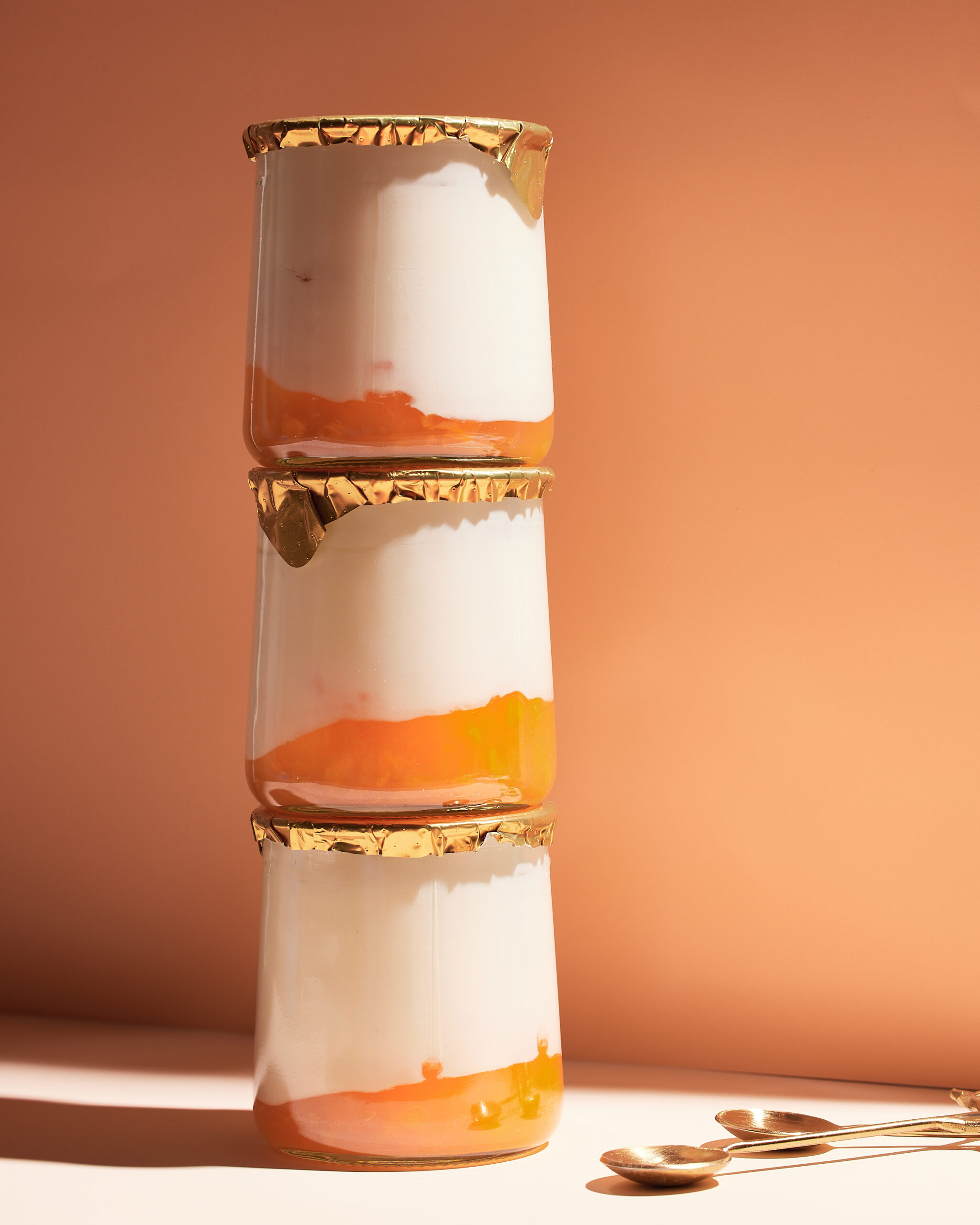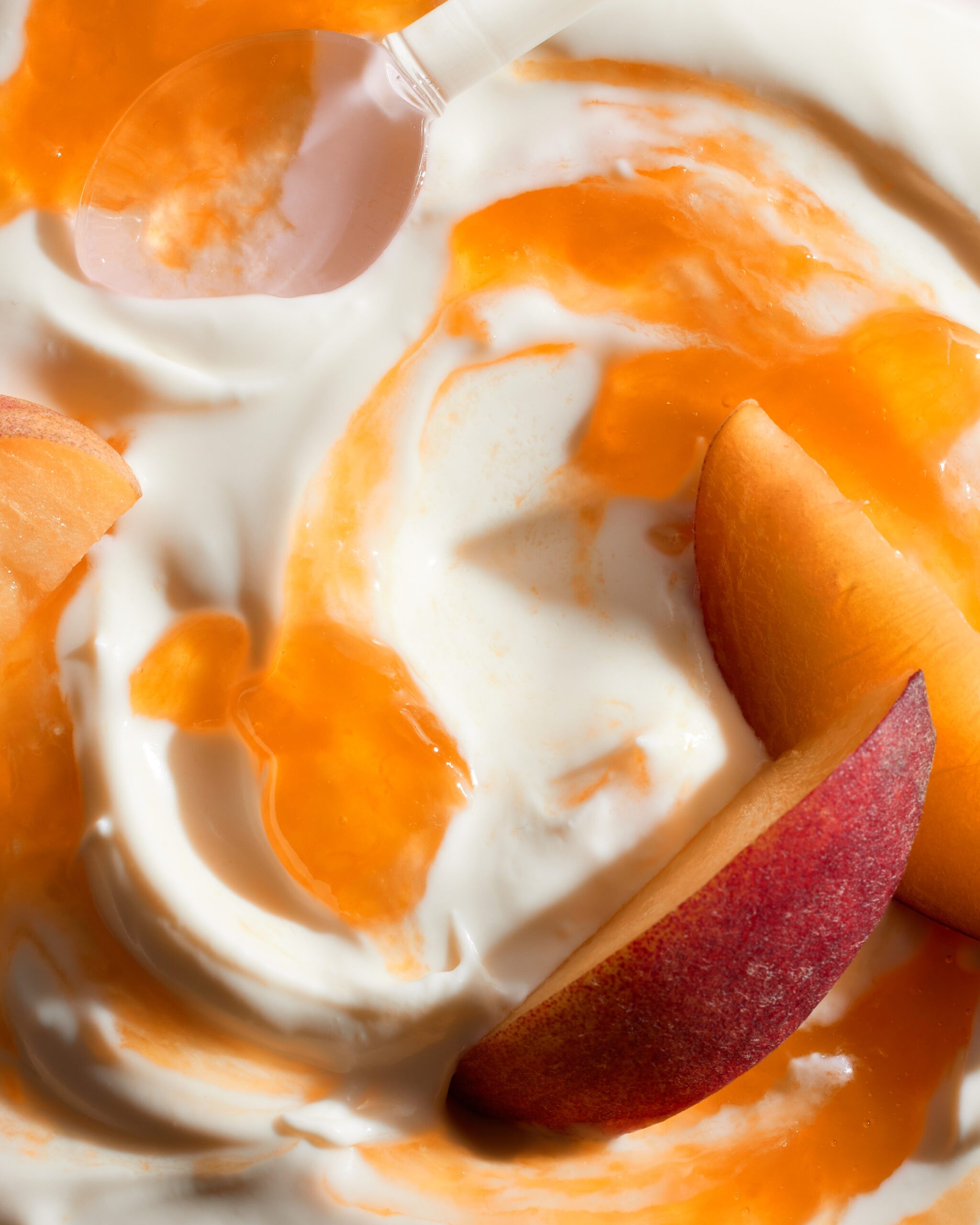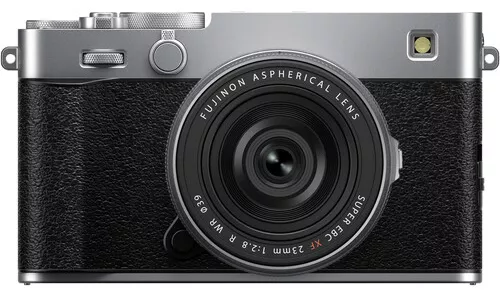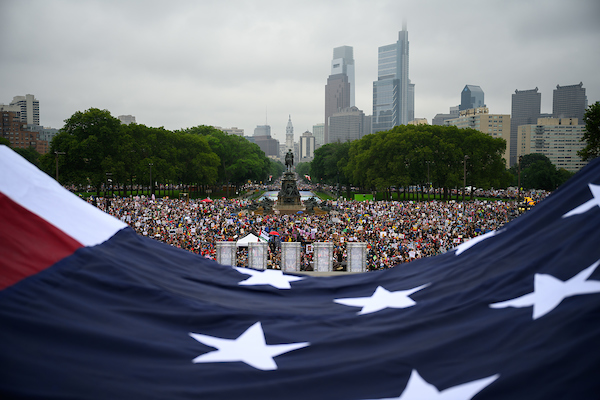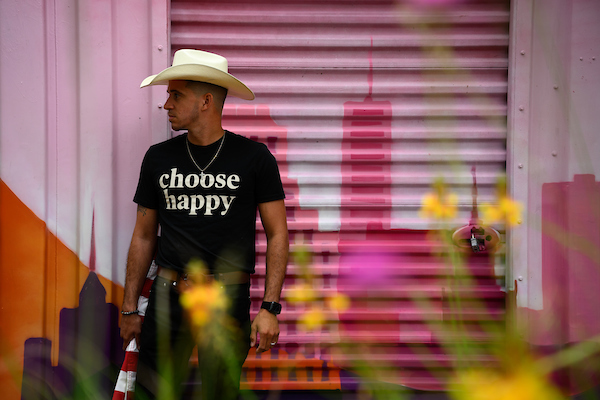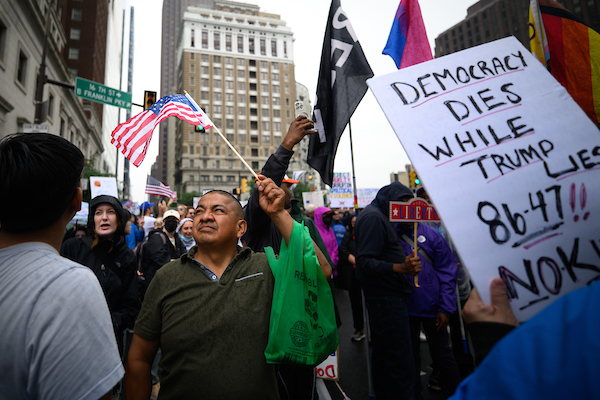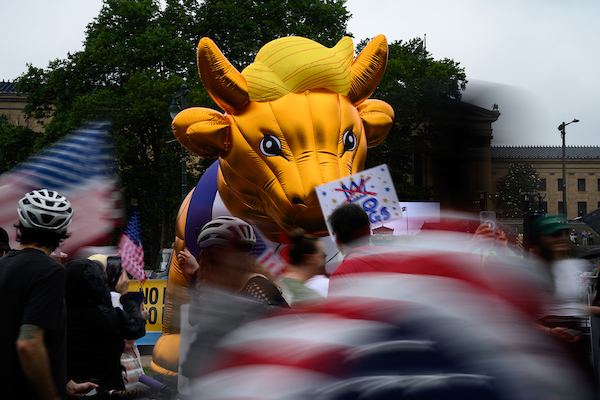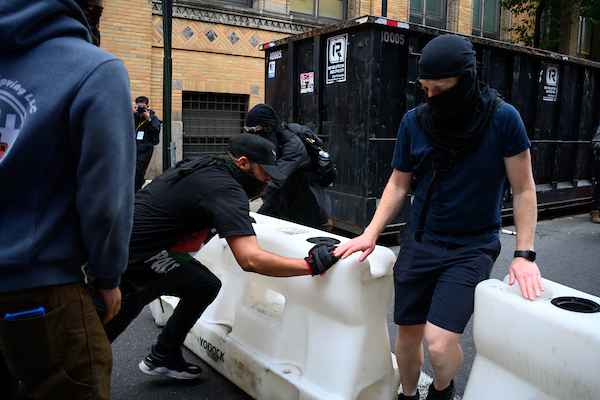Editor: Mike Rogge
Art Director: John Coleman
Copy Editor: Kim Stravers
Managing editor: Doug Schnitzpahn
Office Dog Boss: Quinn, Mike’s BF
Mountain Gazette has had multiple lives since its origins in the 1960s, including its most recent resurrection in 2020 under your lead. What drew you personally to this legacy publication, and how are you preserving its original spirit while modernizing it for a new audience?
I liked the alternative side of Mountain Gazette. I’m drawn to creative, outside-the-box thinkers and you would be hard pressed to find anyone more outside the norms than the 60s and 70s writers, photographers, and artists of those early issues of Mountain Gazette. The late-Tom Benton designed the second ever cover of MG. He also did the first ever Earth Day poster and much of Hunter S. Thompson’s Gonzo campaign for sheriff of Aspen. It would be wrong for me to try to find the next Hunter or John Fayhee. Rather, I search for writers, photographers, poets, artists, weirdos who carry that spirit of seeing the world differently than those writing the ins and outs of gear reviews, advetorials, and overblown everything-ness of modern outdoor writing. I’m editing a Best of Anthology book to celebrate the sixtieth anniversary of Mountain Gazette’s founding. I have discovered the spirit of those early writers—embedding in a rodeo, following an obscure sport to obsession, writing about music and the outdoors—spans across generations. As far as modernizing it, we allow readers to subscribe with a credit card. It used to be a check or cash in the mail. Other than that, we try to keep it real. Keep it core. Keep it us.
Your love and print and its revival run deep for you, can you share with our readers your POV on independent publishing?
Independent publishing gets a bad rap sometimes. The image of ordering 1,000 books, selling none, and having boxes in a garage for eternity is not lost on me. The reality is without private equity backing you, independent publishing is a bootstrapper’s endeavor. And I like that. Sales not going well? Do something about it. Magazine sucks? Do something about it. As an independent publisher I’m free to work with whomever I’d like whether that’s Harry Bliss and Steve Martin or some young dirtbag journalist making a really good point in a Substack post. Independent publishing is freedom. Recently I came to terms through my agent on a book deal with Penguin Randomhouse and their subsidiary Clarkson Potter. As a 20 year-plus ski writer, it’s a dream project, dream team over at Clarkson Potter, and dream scenario. Next week I will go to work just a few blocks south of Central Park. As an Adirondack born and raised kid, that feels like walking on the moon. I am greatly looking forward to learning how it all works in traditional publishing. I see the benefits of both indie and traditional publishing. I’m grateful I no longer have to choose which path to follow. “I can ski both lines” is how I’ve been thinking about it. At Mountain Gazette, I’m the editor, owner, publisher, trash guy, HR, and what I’m getting at is I wear many hats. Our General Manager Austin Holt has taken a lot off my plate as has Meghan Rogge who is our VP. Conor Sendak our VP of Sales has taken excellent care of our advertising partners by setting realistic expectations and delivering. We’re a small team and we’re constantly refining our way of doing things. We’re in the pursuit of making our title the gold standard when it comes to publishing, working with contributors, and taking care of our readers. We are not perfect. Far from it. The work is never done. There are a lot of indie titles, but there is only one Mountain Gazette. With this book I’m working on, I get to work with longtime contributors from the ski world who I consider family. I’m still meeting the team at Clarkson Potter, but they’ve been nothing but supportive. It’s nice to join a team. It’s nice to build one, too.
You famously bought the rights to Mountain Gazette for “a few hundred bucks and a Coors Banquet.” Beyond the romance of that moment, what were the biggest challenges you faced in relaunching a print-focused magazine in a digital era—and how did you build a passionate readership around it?
I have been called a romantic person by more than one person in my life. I tend to get romantic about the small moments in life. The world was in the middle of the global pandemic, pre-vaccines, and I figured I should spend my time making something good for the world rather than freaking out about everything. My original intent was to grow the subscriber base to 1,000 people or so. A friend and former Mountain Gazette editor Peter Kray has always told me to write what I wanted to read. I wanted to make a magazine I couldn’t find anywhere else. I wanted it to be big, really big, pages, great writing, surprises, and just find things in the world that made me say, “Wow. That is fucking cool!” I haven’t gotten bored yet. I’ve always believed if you focus entirely on the editorial the readers will find it. They did. My favorite stories from subscribers are when they have friends over for a dinner party or to have a drink and the magazine is on the table. Their guests stumble upon the magazine and say something to the effect of “What the heck is this?” I believe we get a lot of new readers that way. We hear a version of this story all the time. We’re also print-focused, but in no way digital ludites. I’ve made what’s called “digital content” for two decades now. Print gave me a chance to focus. It gave me a page count. We could all use more page counts, some limits. Just because everything can be posted all of the time doesn’t mean it’s good. McDonald’s makes a quick meal, but it also gives you a stomach ache if you eat it all of the time. It’ll actually kill you. Digital media is fast food. It’s hard to find the good stuff online. The good stuff is in the real world. We should all try to remember that more.
The NYT referred to Mountain Gazette as “gusty and wise” – You mentioned that “we went too far in the digital realm — and now we’re pulling it back.” How does Mountain Gazette intentionally design its print experience to provide that “lean back” feeling and stand apart from the overwhelming pace of digital media?
John Branch did a great job with that piece. The first thing we, John Coleman, our art director, and I did was talk about how a magazine should be pieced together. The best way to do anything, in my opinion, is to talk a lot about what’s wrong with the way things are done. Start by not repeating someone else’s mistakes. Print magazines for a while now used crappy paper, too many poorly designed ads, not enough pages…it all reeked of desperation to do anything to keep the lights on. We pushed our advertisers to make ads that were above all beautiful. We also took a note out of podcast formatting and made it clear that ads would appear at the beginning of the book and at the end of the book. The feature well would be uninterrupted by ads for the benefit of the reader’s enjoyment. John and I determined we could do four-page features, but bigger ones would be better. The early Gazette had cartoons, so I reached out to my friend Cy Whitling and he’s had a cartoon in every single issue of the revival. Later, we found Mike Handzlik also known as The Dead Dirtbag. He pairs so well with the Jaded Local column. He and Hans are a good team. I brought on Harry Bliss and Steve Martin. Harry is one of the best artists I’ve had the privilege of working with. I like the way his mind works and how he dissects the world with a pen. Saying Steve Martin is funny is an obvious thing to say, but in our email interactions we can debate the funniness of a single word. He emailed Harry and I about the strip a few hours after he hosted the monologue of Saturday Night Live’s 50th anniversary show. Steve and Harry are dedicated to the strip and for that I am grateful. I feel this dedication to editorial cartoons is a major thing that separates us from others. On our features, we get weird, we get soulful, we get rad, we get serious, but everything has to have heart and a perspective. We don’t phone a single page or line in. We try to publish what others would not. That’s not to be provocative. We don’t do anything for shock value in the magazine. That’s for the internet. We don’t need to get you with a headline. If you have the magazine, we already have you in the community. So we just lay it all out in a way that’ll make you put down the phone, pour a nice beverage, and take a deep breath. And to be honest with you, I don’t think any part of digital media does any of what I mentioned above. That’s what sets us apart. We don’t do silly dance videos. Maybe that sets us apart? Maybe we should do silly dance videos. I don’t know. I think I’d rather make two good magazines then go do literally anything else.

As part of a broader resurgence of high-end, niche outdoor journals, Mountain Gazette has embraced collectible large formats and minimal online presence. How do you balance being “unapologetically analog” with the need to grow a modern readership and engage digitally without diluting the print experience? What was your inspiration for the large format – or was it simply to represent vast and wild spaces?
We have never shared a single story in the magazine online. And we won’t. Our readers pay good money for the magazine. It’s their magazine. We owe it to them to not cheapen by giving it away for free. We can use the internet for what it was intended to be—a tool. We’re sitting with around 30,000 subscribers right now. I don’t believe there are other titles sitting at those numbers. It’s our job to communicate with our readers. We keep our magazine exclusive to print. Our online presence is mostly for advertising to get the title in front of more people, make a few jokes, sell a few t-shirts. I find the more our team engages online the less happy we are. Recently, we threw a show at the Crystal Bay Club here in North Lake Tahoe with the band Grateful Shred. We had over 300 people show up. I met local readers, but also a group of 9 people who drove up from Los Angeles to Tahoe to see the band and hang with other Mountain Gazette readers. It’s a community. No hashtags needed. The large format was inspired in large part by Victory Journal and coffee table books. I wanted to make a coffee table book twice per year. I don’t know what I was thinking but it’s worked out so far.
Congratulations on the reprint of issue 203 – what makes that issue so special in your mind, Drew Smith shot the powerful cover story. How did the story pitch unfold?
Thank you. We have 6,000 additional copies coming off the press at the end of the month. We’re close to having our tenth sold out issue in a row. That makes me the single worst product forecaster in the industry. We typically slow down business-wise in June. School is ending. Summer is beginning. So I ordered a few thousand more copies than we needed, but when the world saw Drew’s cover…it just went nuts. We sold out in about three and a half weeks. We actually didn’t even use our marketing materials to promote the issue. They weren’t ready in time. The cover did all the work. That felt special and it’s really a testament to Jim Morrison, his vision for skiing the Great Trango Tower, and then pitching the story to me on the Granite Chief chairlift at Palisades Tahoe. He’s the only person to ever successfully pitch me on a chairlift. Another first for Jim.
Trango (TNF movie) is set in one of the most dramatic alpine environments on Earth. What were the biggest challenges editing the 18 page spread story to show the scale and vertical exposure of the Great Trango Tower as well as the isolation for the reader?
John and I did our best to edit down the selections, but ultimately we leaned on Jim over a Zoom session or two and a few phone calls to share with us the ins and outs of the journey. When Jim’s eyes lit up at parts in the story, we knew those were the images we needed to find a home for. Authenticity is important to our stories. There were plenty of rad shots Drew took that didn’t make the cut. That’s what happens when you work with insanely talented people in print. It can’t all get into the feature. The Trango film does an excellent job telling the story of the expedition. We wanted to tell the story of Jim’s experience, what his heart was telling him to do or not do, and the consequences of decisions in the mountains. For me, the film and the feature are entirely different and complimentary. For the design, we try to stick to singles and spreads for images. An 11×17 page lends itself to vertically oriented shots. The spreads can show the vastness and remoteness of the range. Drew has a great eye and the variety we had to work with was a ton of fun for John and me.
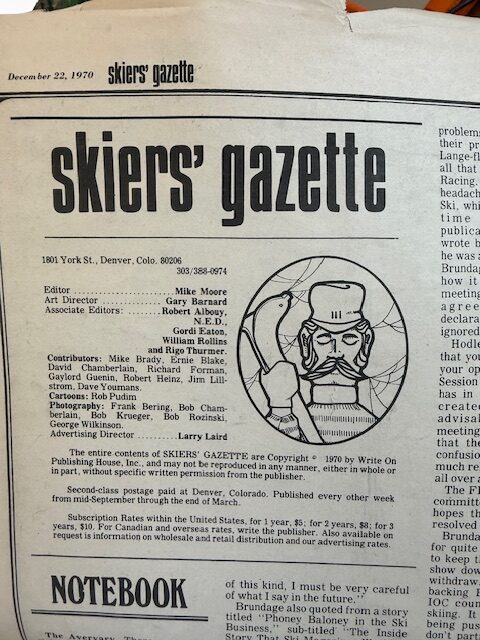
Mountain Gazette began as Skier’s Gazette in 1966 and evolved into a cultural touchstone by the 1970s, featuring icons like Hunter S. Thompson and Edward Abbey. Looking back, what do you think made the magazine resonate with readers during that era—
and what lessons did you learn over the past few issues?
Counter culture is needed in the world. We can’t let those in power tell us how to have fun, how to love, how to feel, or how to live a meaningful life. Skiers’ Gazette began with horror stories of the US Ski Team from former members. That’s just not something people wrote about in 1966. Powder wouldn’t come along until 1972. I like to think it was directly or indirectly influenced by that anti-establishment story in Skiers’ Gazette. I’ll have to ask the Moe Brothers one day. It’s not hard to see one story show folks that “this is not the way” and then another picks up the narrative and says “actually this way is kind of fun and funky.” That kind of speaking out is important. As storytellers we focus too much today on the intended outcome of a piece, but I believe the message and the medium are more important. We can pretend, as editors, that we can control outcomes, but we cannot. The best we can hope is we put something powerful into the world. We don’t build the fires. We can, however, create the spark.
Abbey and Thompson, they lit the match. The Jaded Local column by Hans Ludwig, today, he does the same thing. Cy Whitling does the same thing. Jason Roman, Megan Michelson, Amanda Monthei, Ari Schneider, George Sibley, Emily Leibert…they write and shoot and create art from their hearts. It’s never mailed in. That way of creating resonated then and it is what resonates now. We work with people who genuinely give a shit.
Over the last few issues I’ve learned a few things. Number one is that if our team at Mountain Gazette isn’t right, nothing can be right. Thankfully, I have the best team with me right now. Two is that there is no end to editorial. Just when I think I’ve figured out the formula, it needs to change. The world evolves and so does the magazine. What someone loved about MG 194 might not be what they love about MG 204 this fall. We have got to evolve our editorial as the world changes. We’re at our best when we reflect how the outdoor world actually is. That is an on-going job. I’ve been wrong about many things. I don’t enjoy running a business as much as I love making a magazine. We switched printers. That was unexpected, unfortunate, but the right move for the future of the magazine. Being wrong is just a chance to grow and learn. I’m grateful our readers allow me to do that. If I end up being more wrong than I am now, from an editorial standpoint, if I feel like I’m slipping or the readers let me know the edge is gone, I’ll step aside and allow the next editor of the magazine to take it down the next path. The goal here is to not die in this chair. The goal of this revival is that another one will never be necessary.
How do photographers get in touch for potential story ideas?
We have a submissions page at MountainGazette.com. We receive over 6,000 story submissions per year for around 40-45 slots over two stories. It’s hard to get in our pages, but I promise when you do it’ll be worth it.
Issue 200 marked a creative milestone for Mountain Gazette, with Tom Benton’s golden aspen leaf not just serving as cover art, but as a visual metaphor for the magazine’s deep Colorado roots, artistic, “soul ride” aesthetic What made that particular image—and Benton’s legacy—so essential to this moment in the Gazette’s history?
I love Tom Benton and all of his work. He’s someone I wish I could have met. Powerful messaging through simplicity is the hardest creative act in the world. Benton was a master. I have one of his originals hanging in my living room. For the 200th issue, we felt it was deeply important to pay homage to the Colorado roots, specifically Aspen, Colorado, and the freak, gonzo, dirtbag, ski bum culture that inspired our magazine and generations of people.
How big is your creative team?
John Coleman is our art director. Kim Stravers is our copy editor. Doug Schnitzpahn is our managing editor. Quinn is my dog. I am the editor/Quinn’s best friend. We work with a handful of contractors on retainer.
What’s something you want photographers to know about Mountain Gazette?
Shooting with your subjects dead center works for Instagram, but not for magazines. Use the rule of thirds and quit putting all the rad stuff in the middle. It ends up in the gutter. Shoot for print. Shoot with a goal in mind. Intention is everything. Have fun. Be different.

